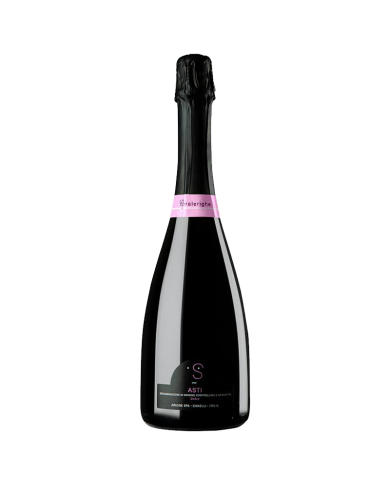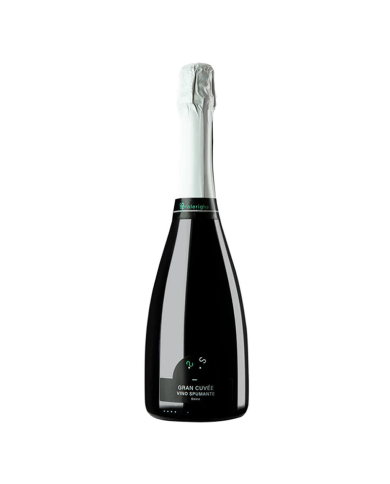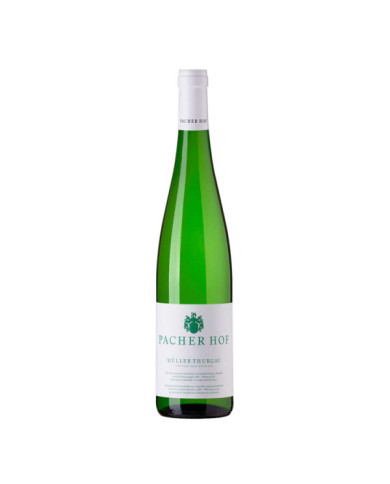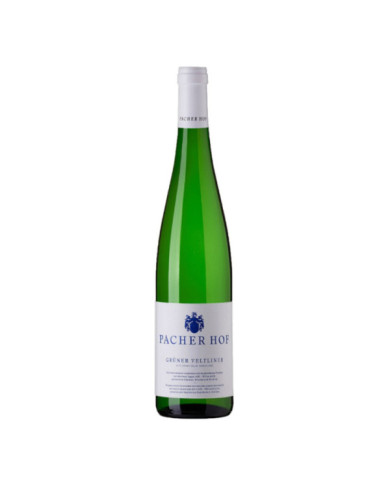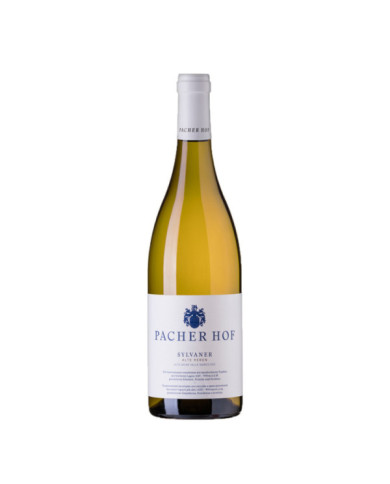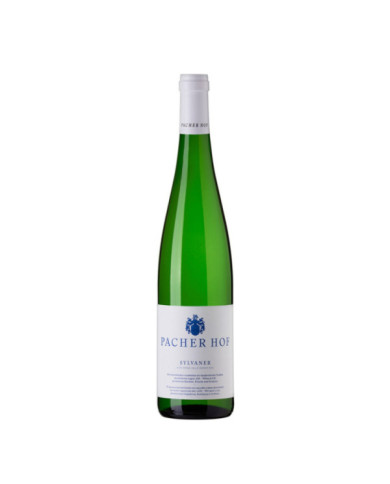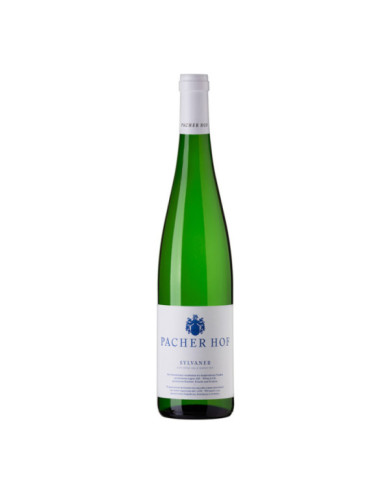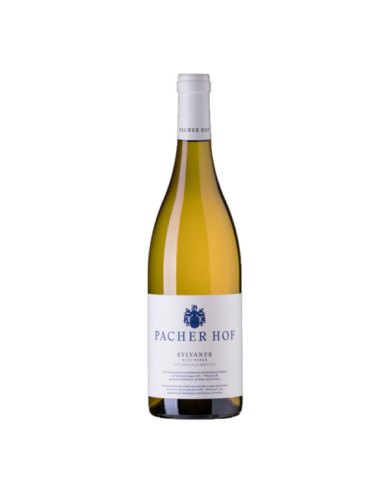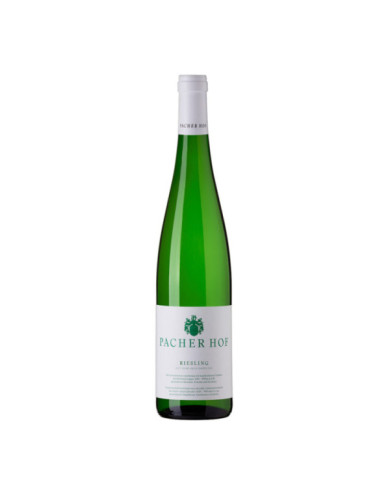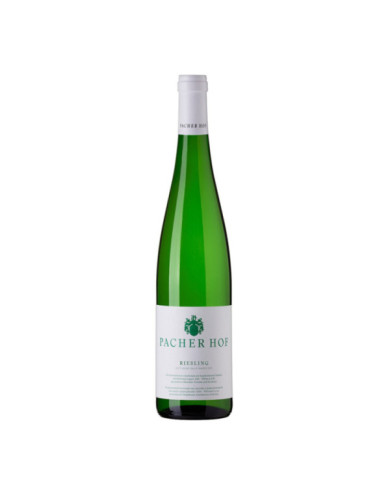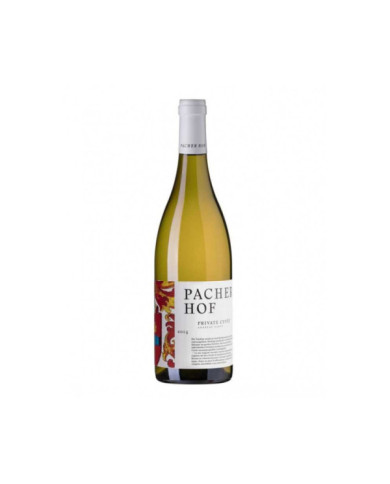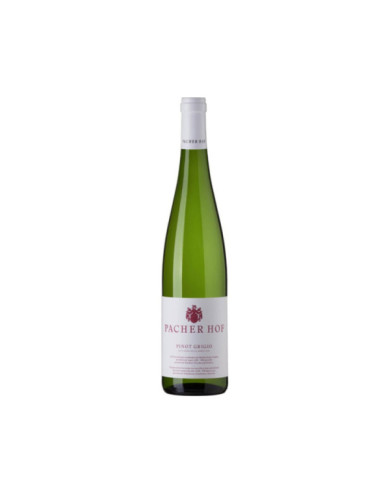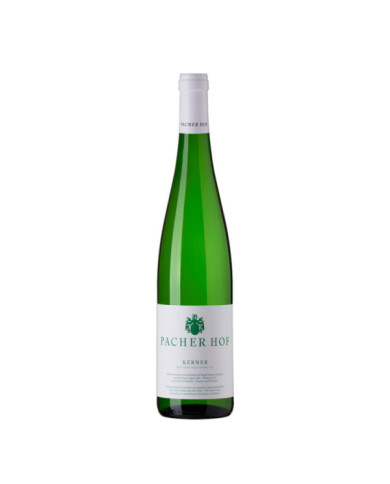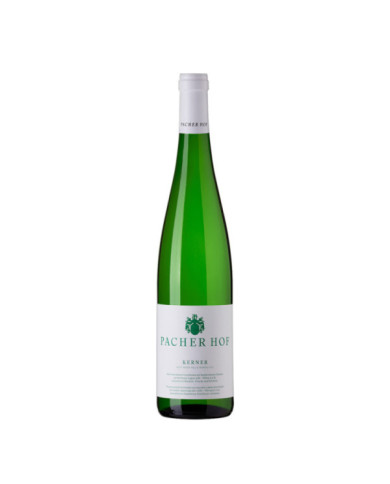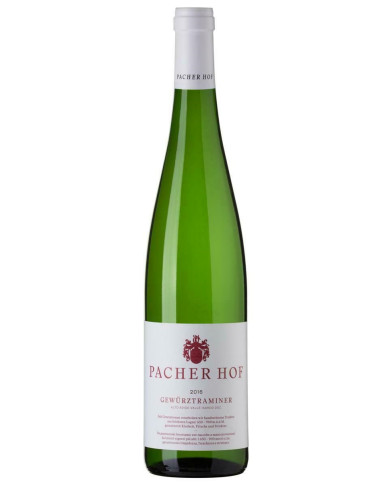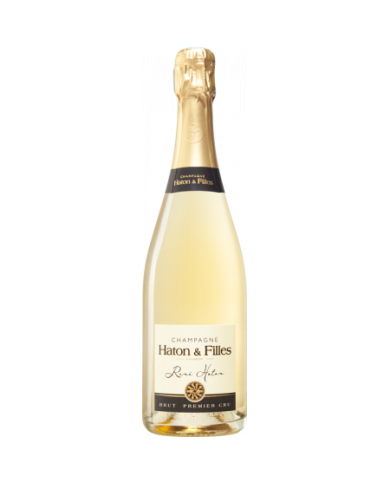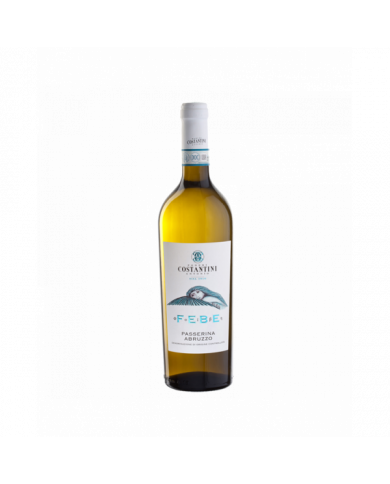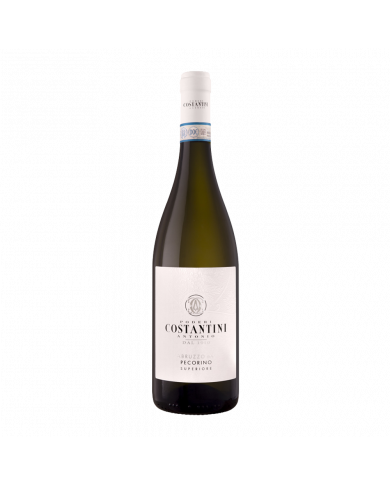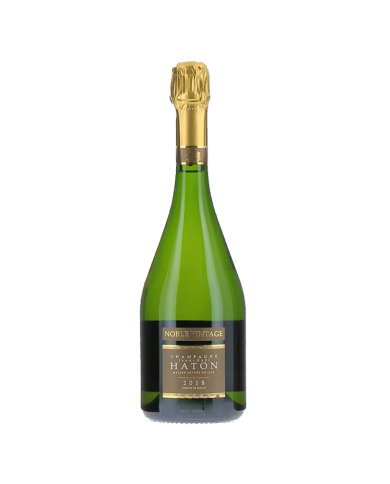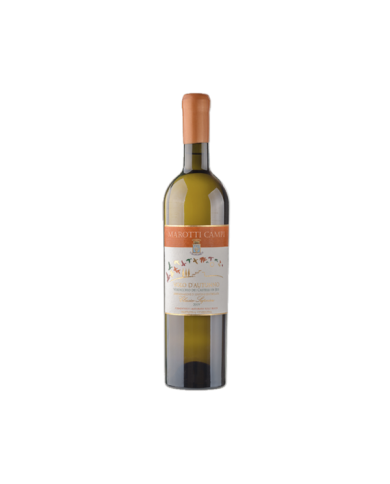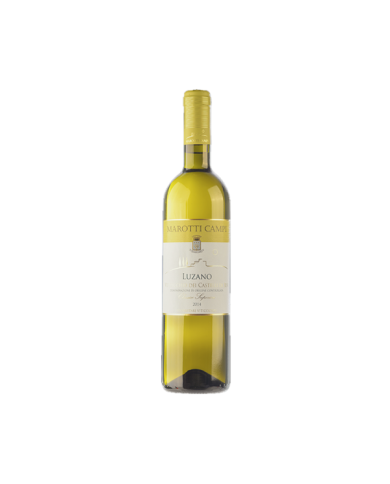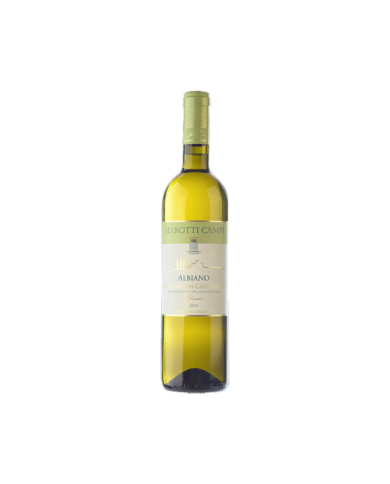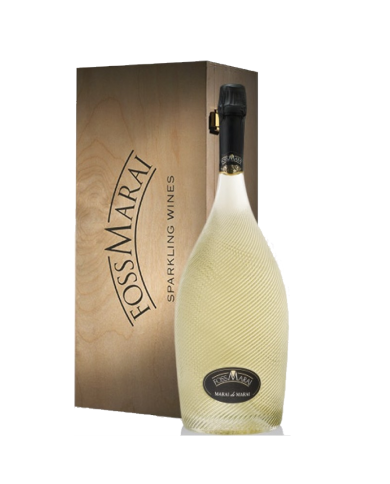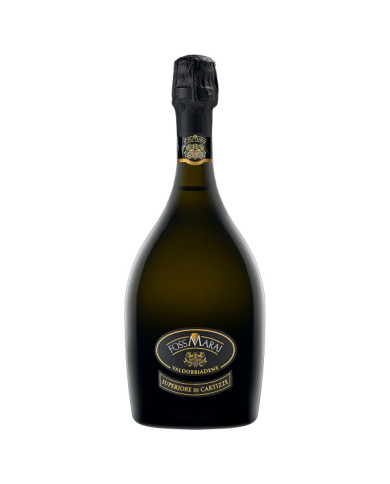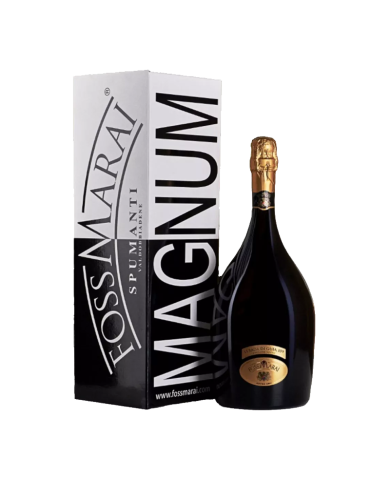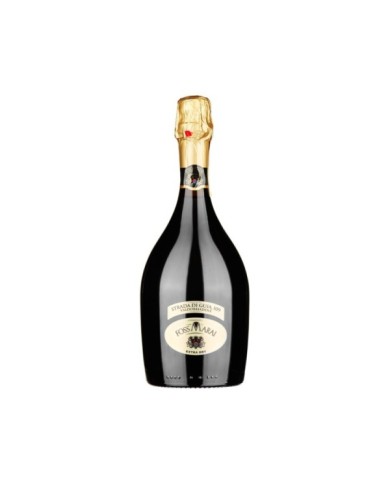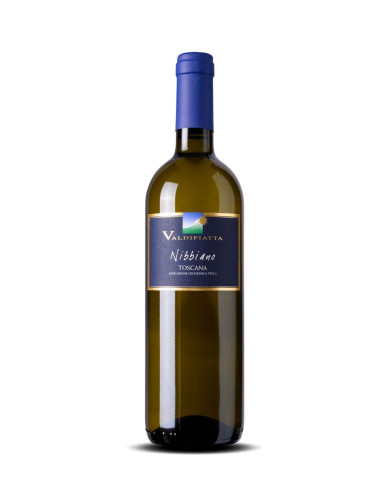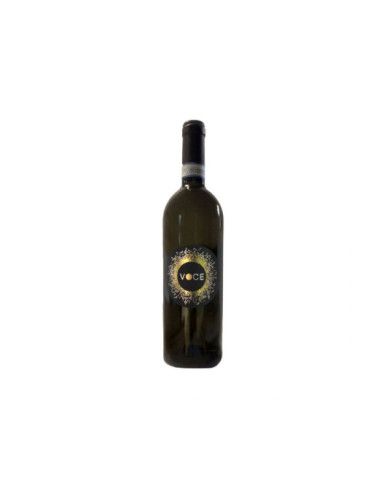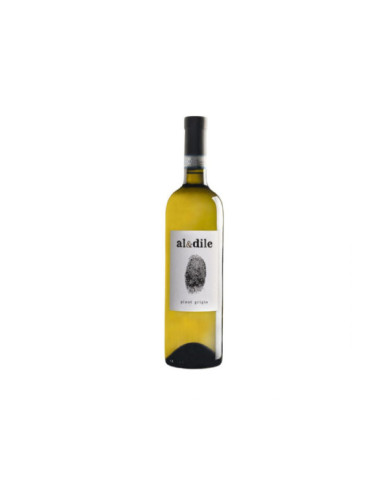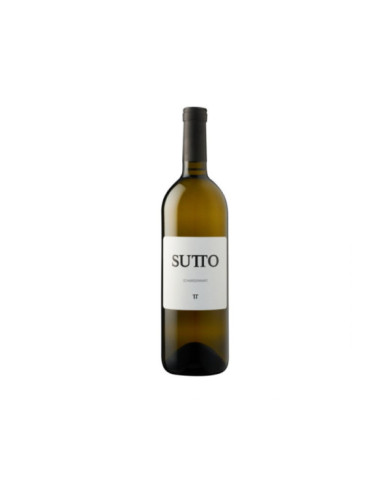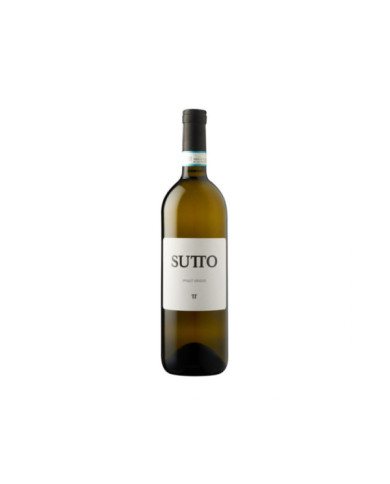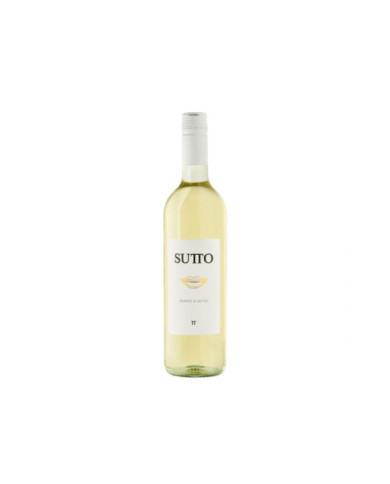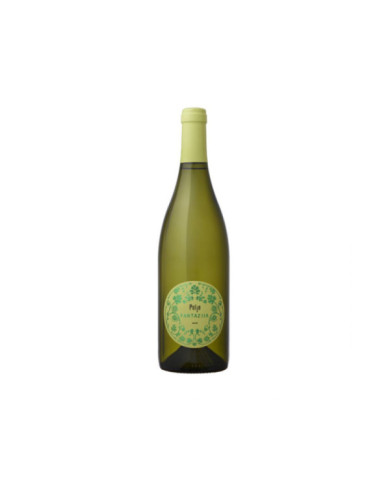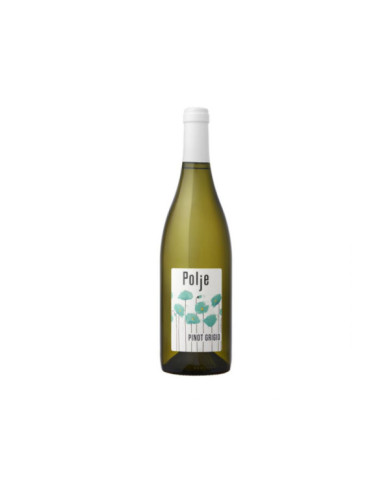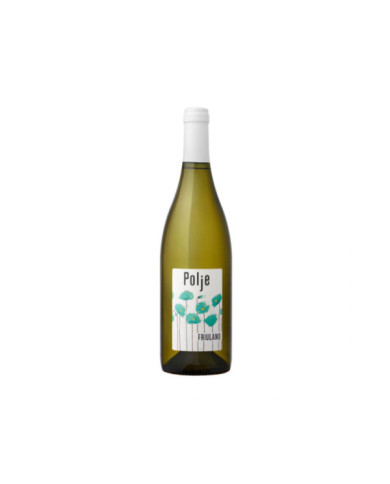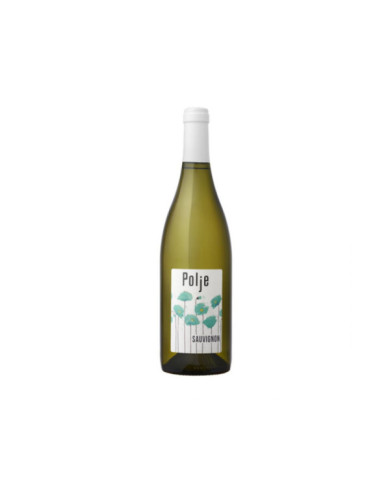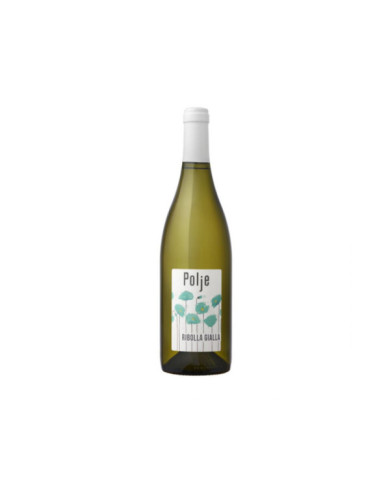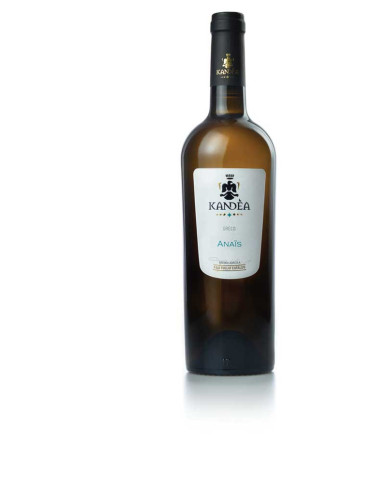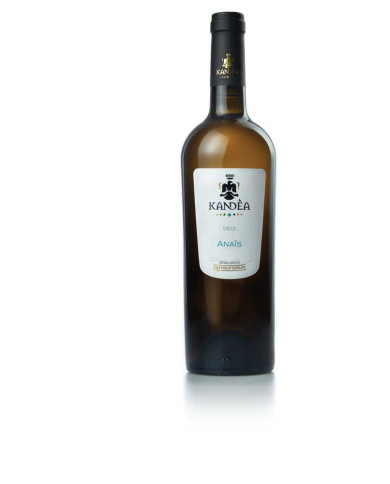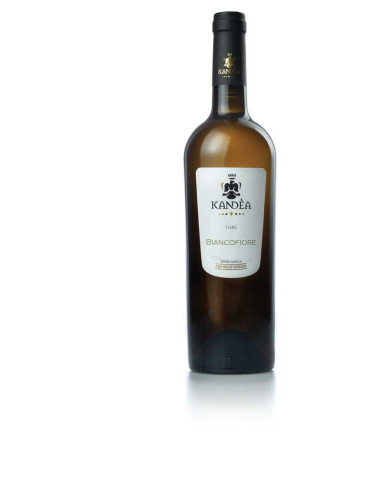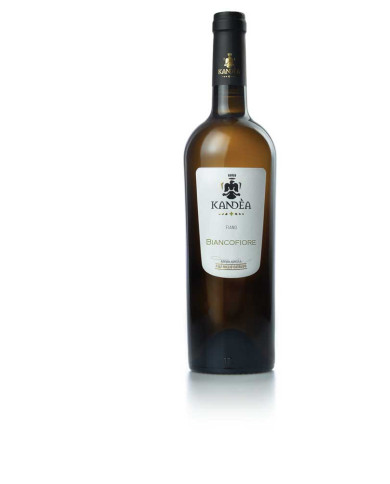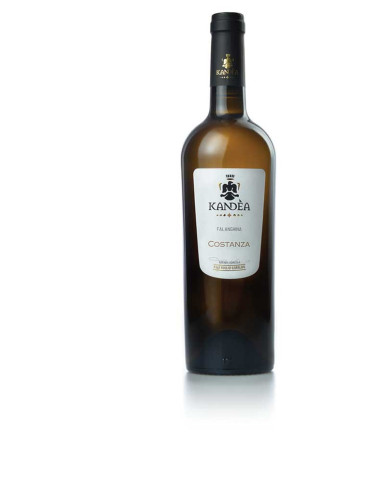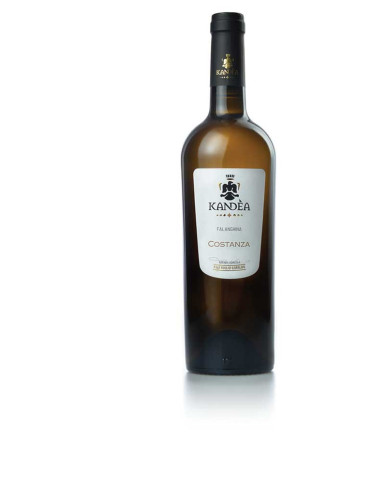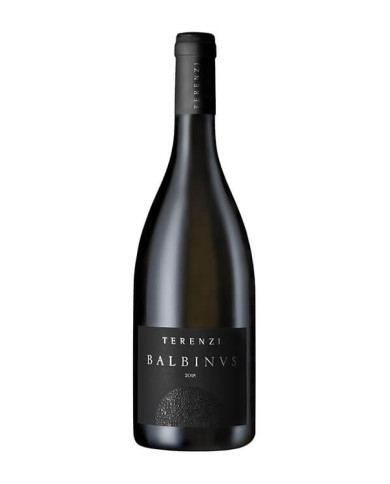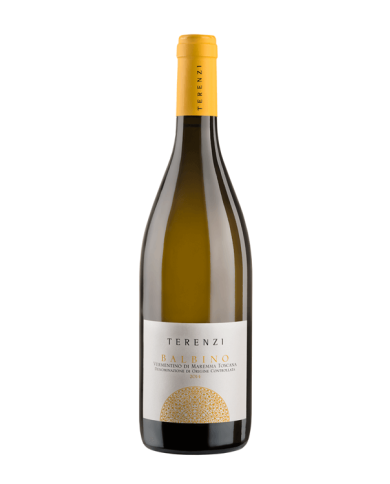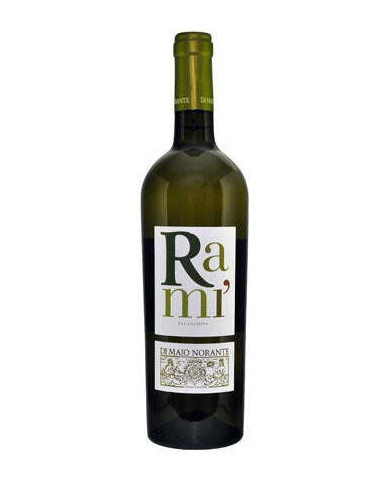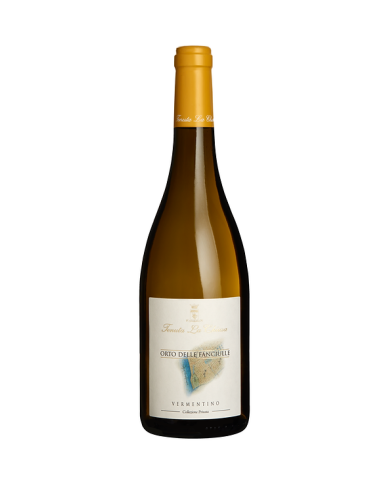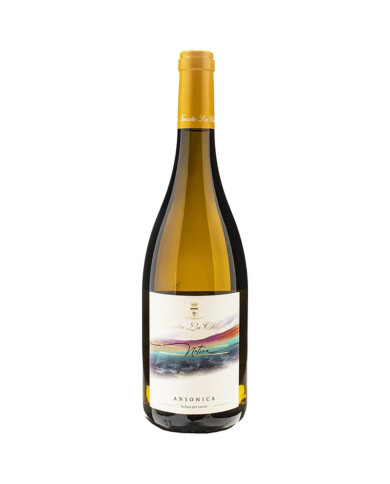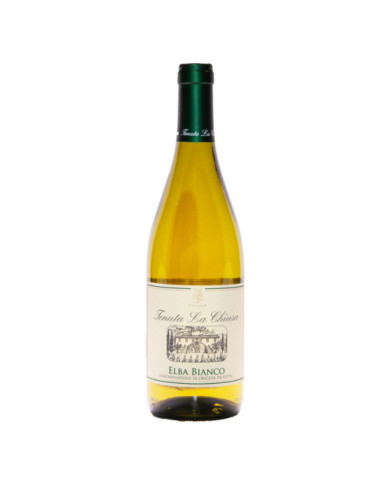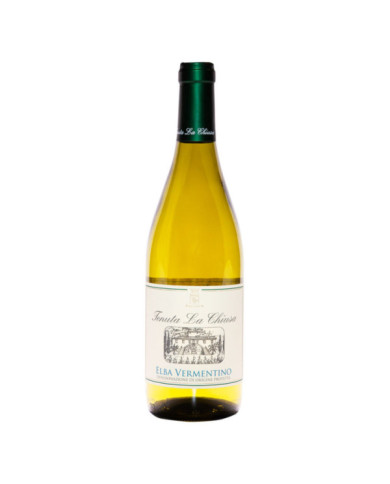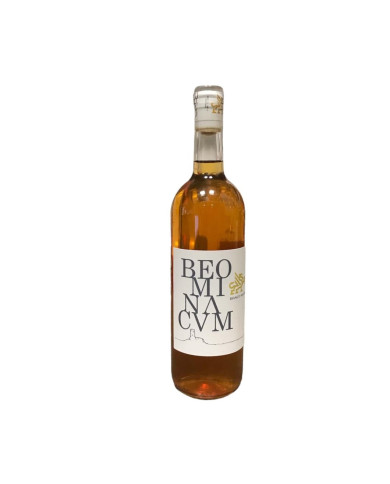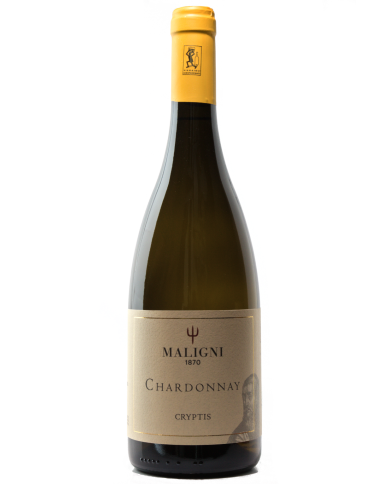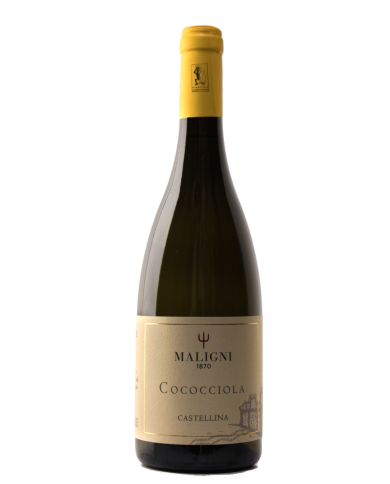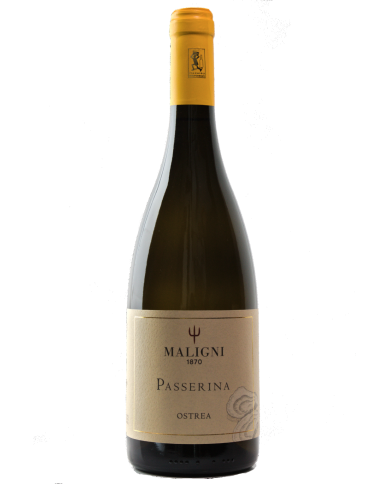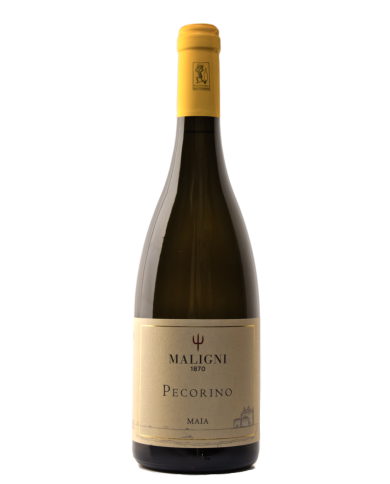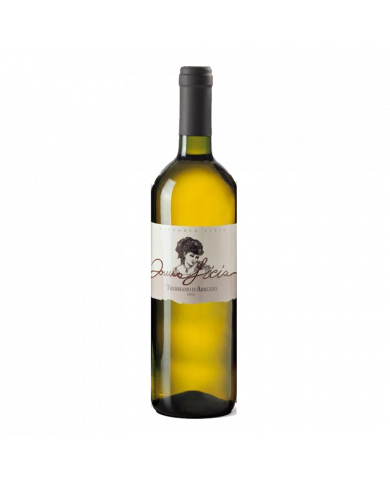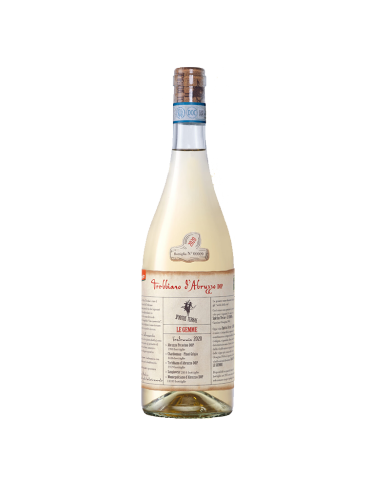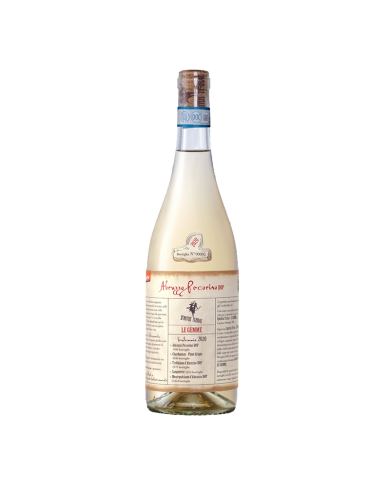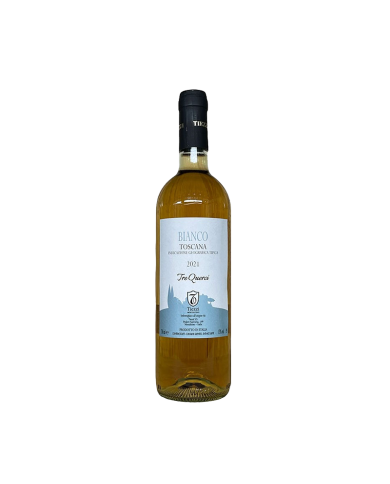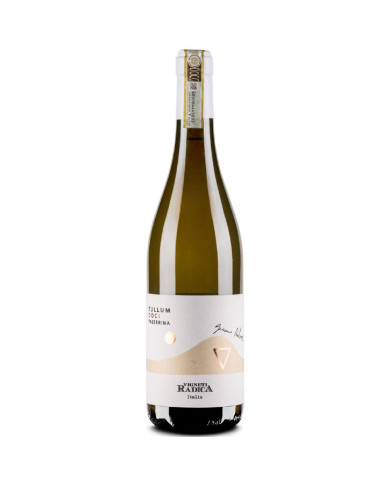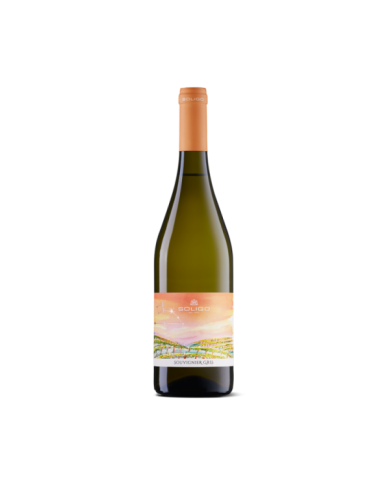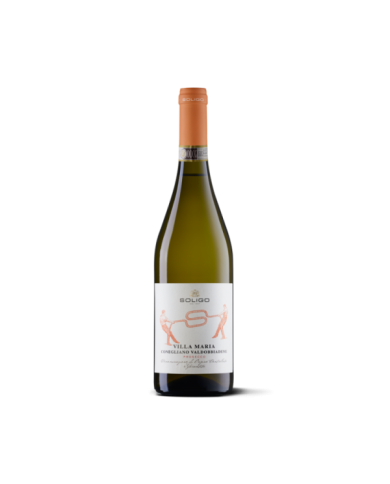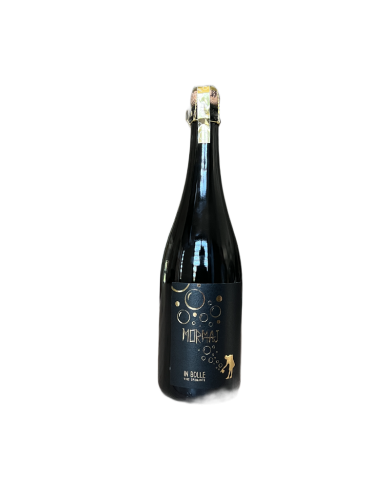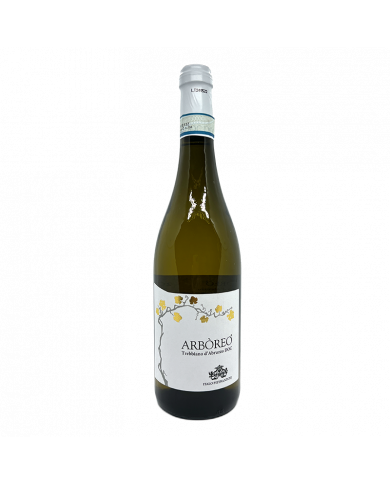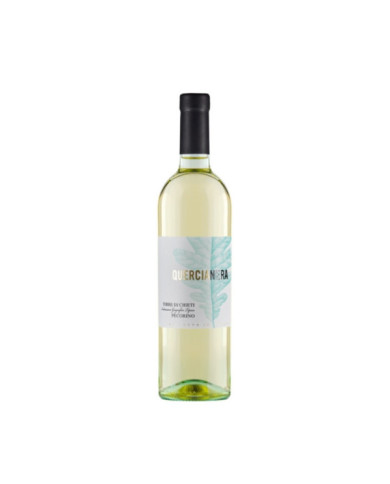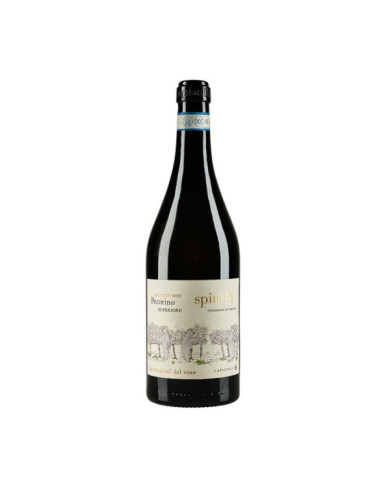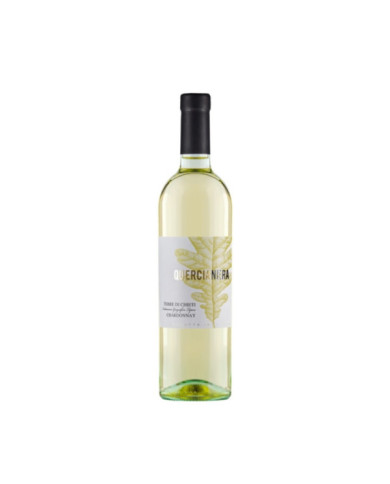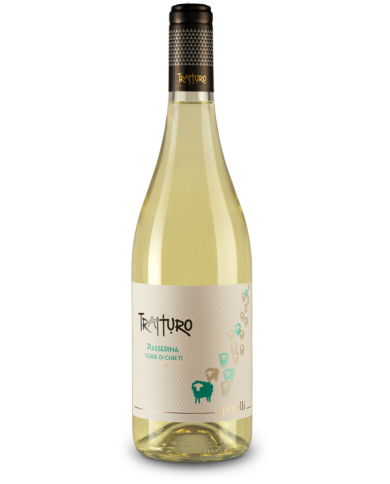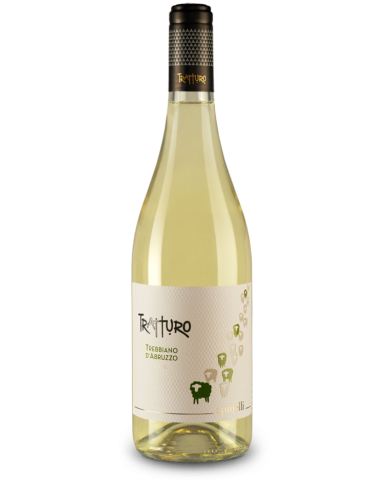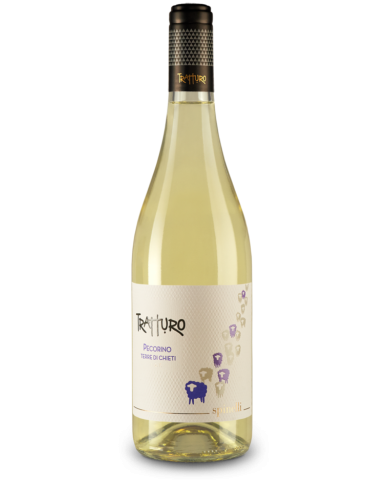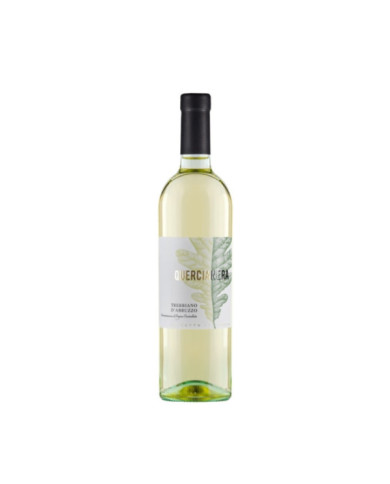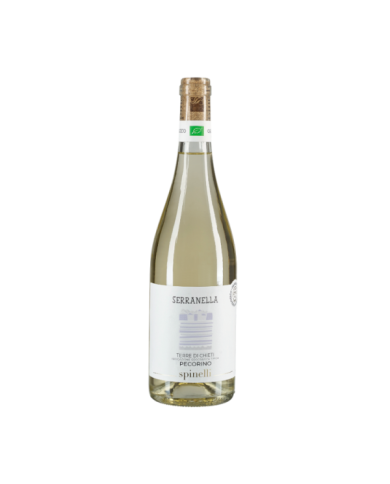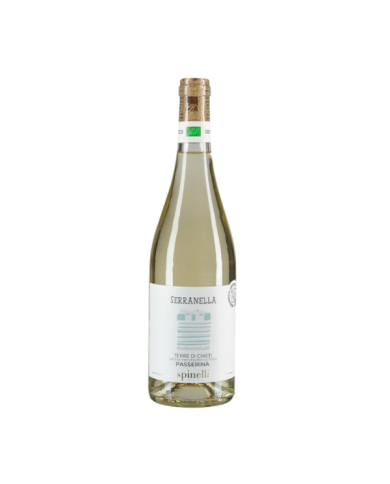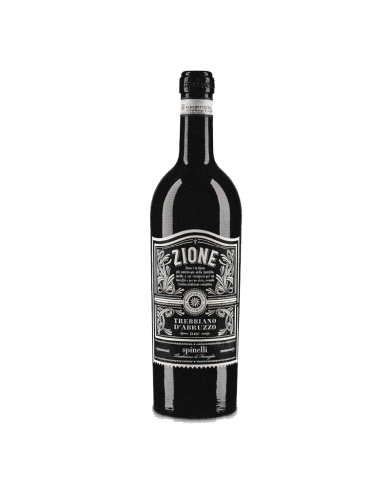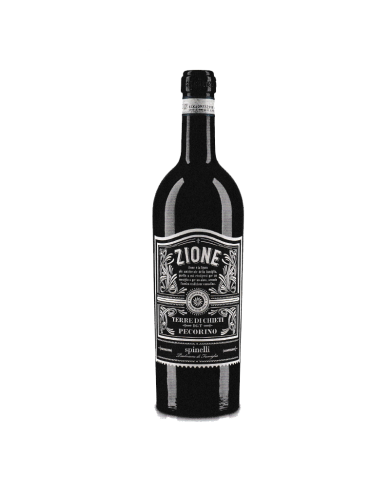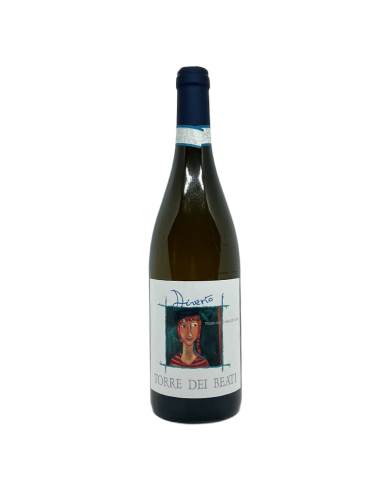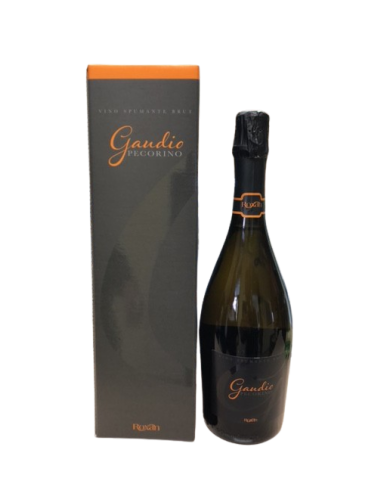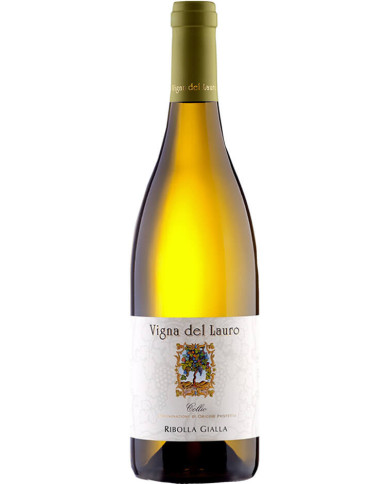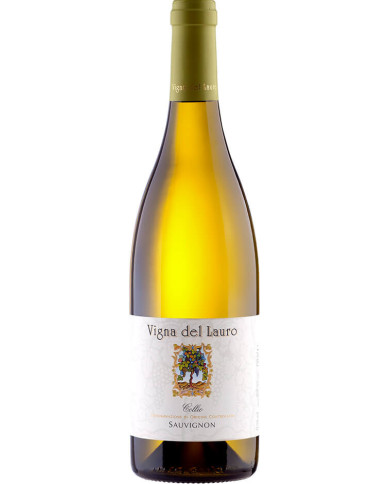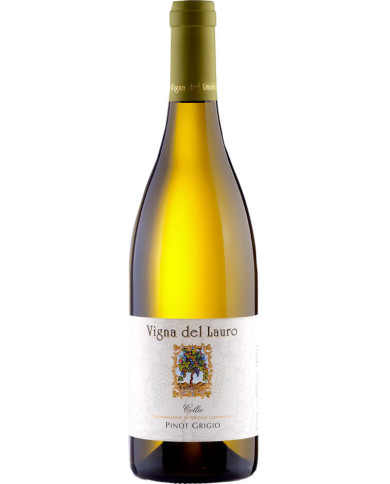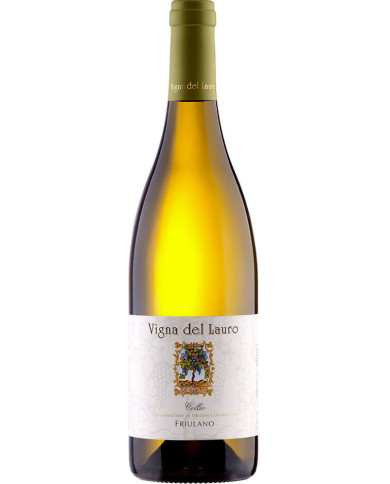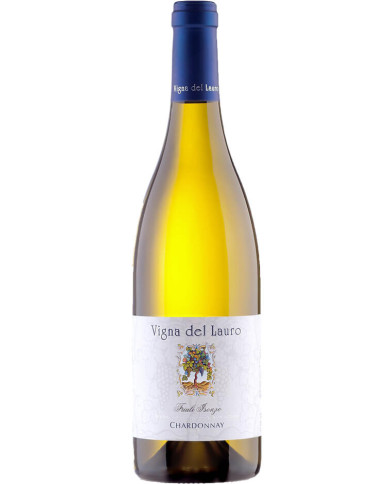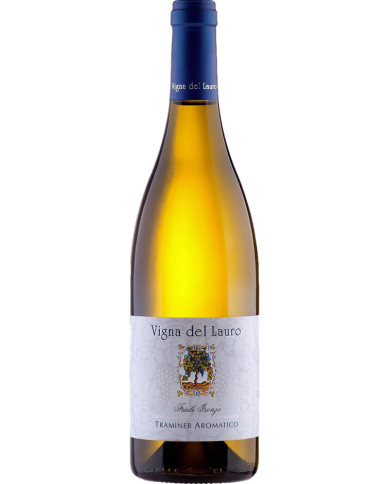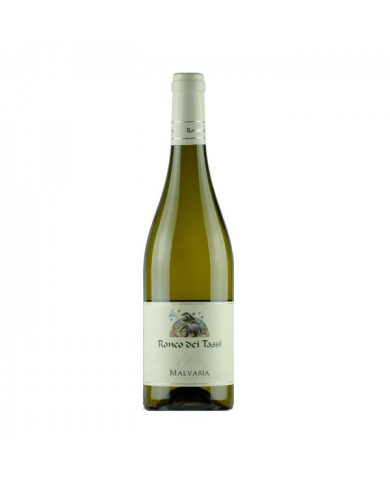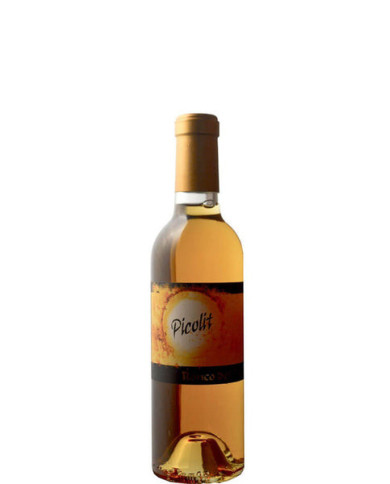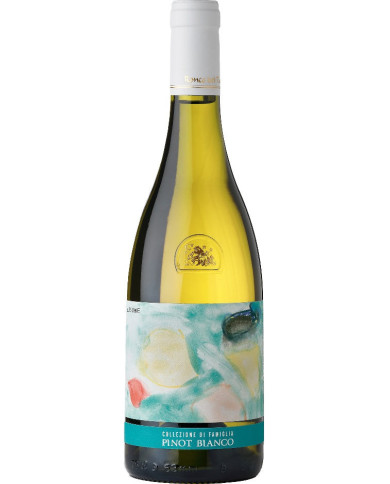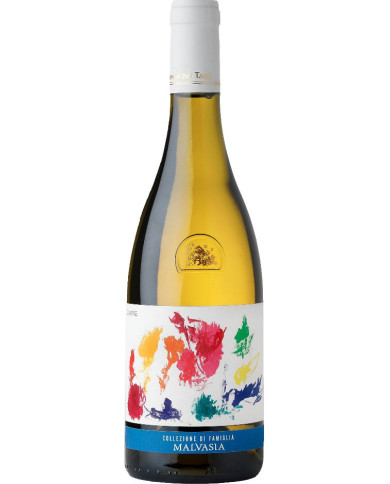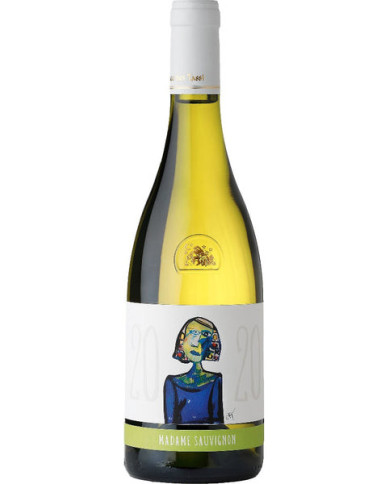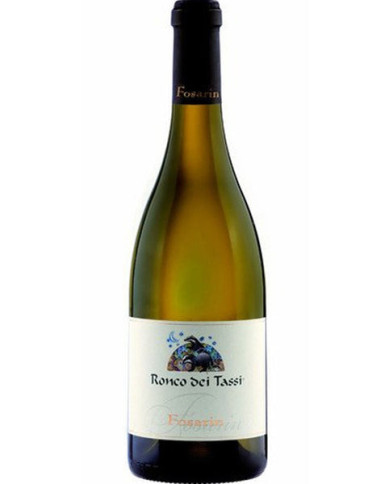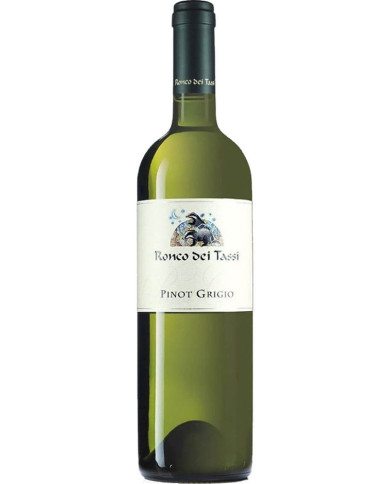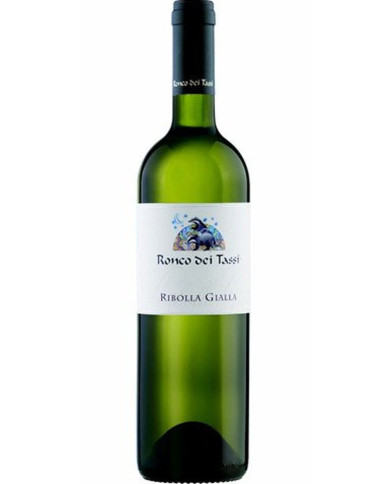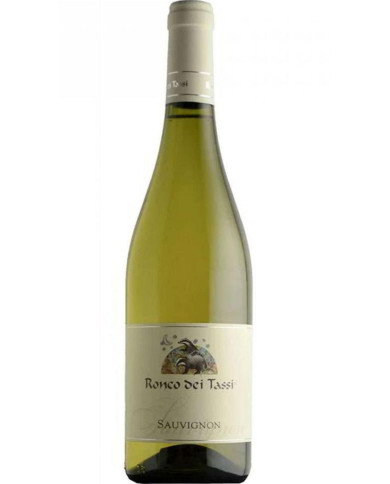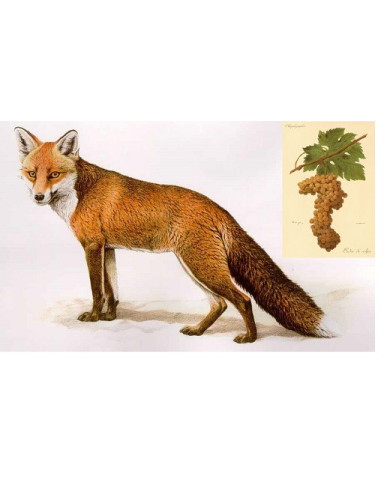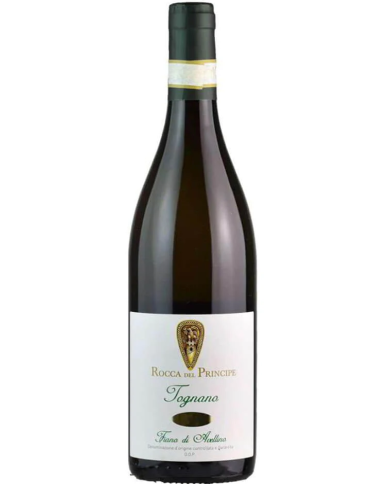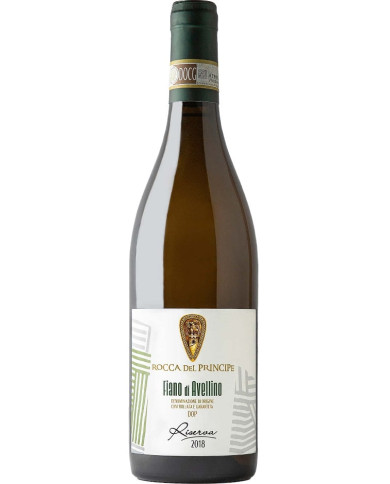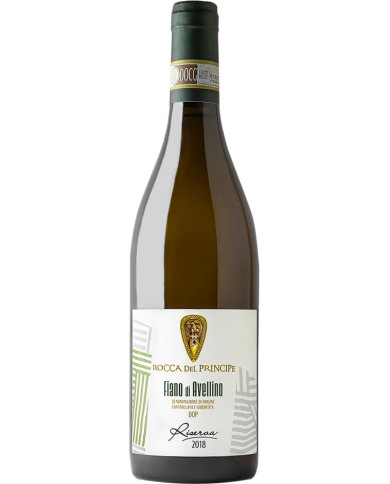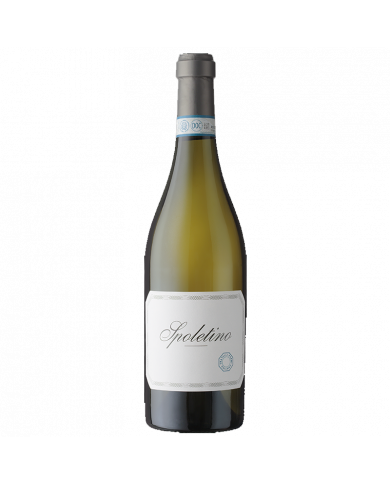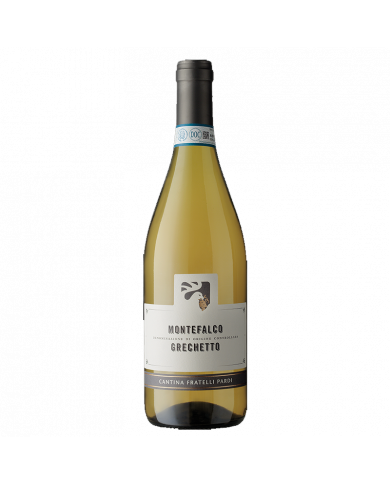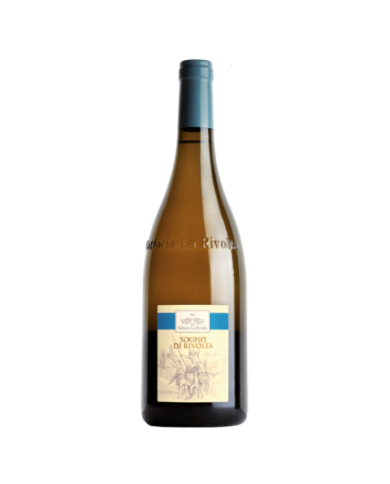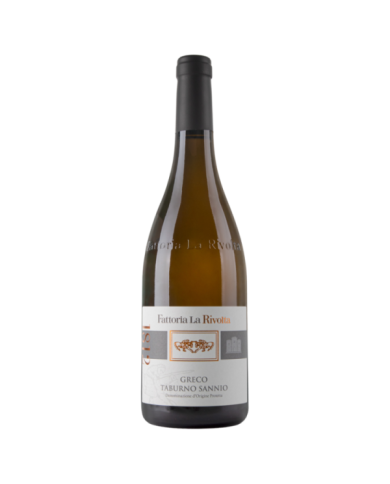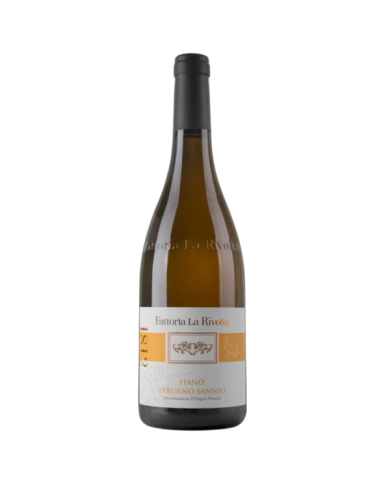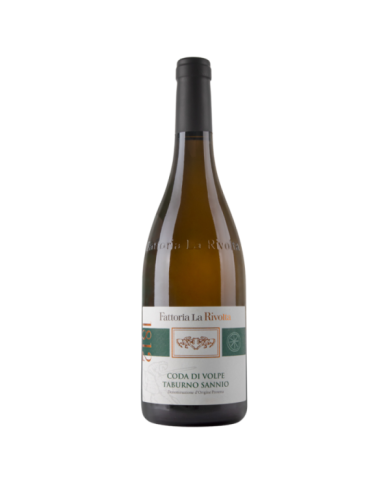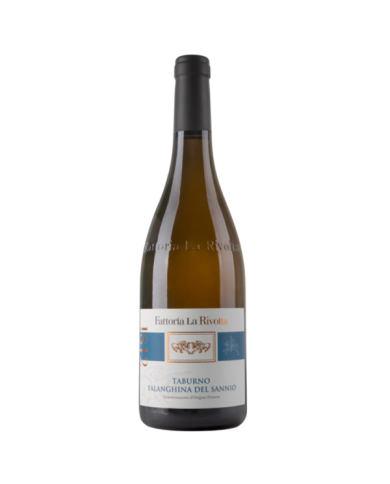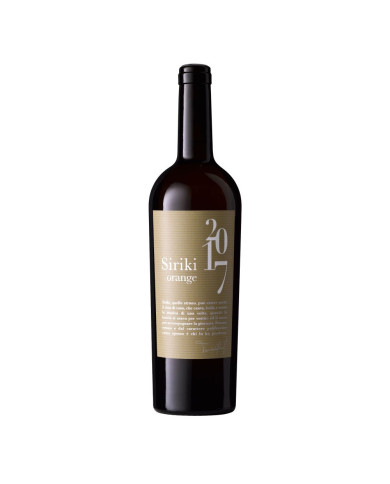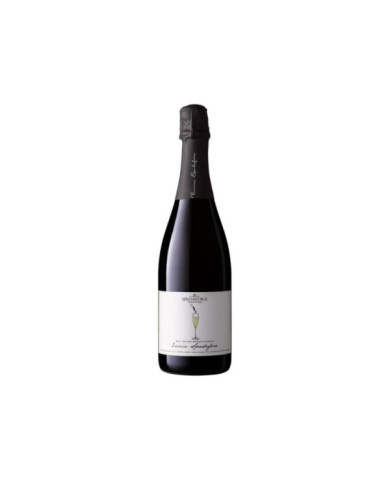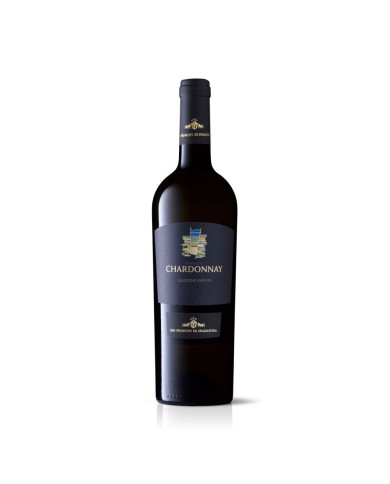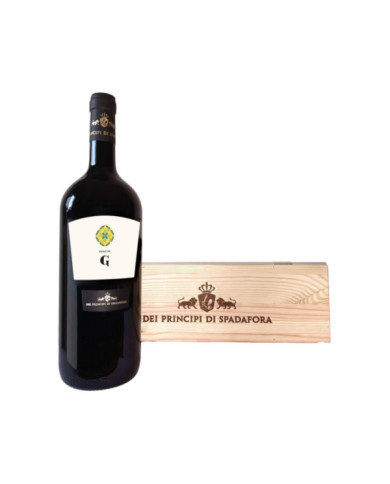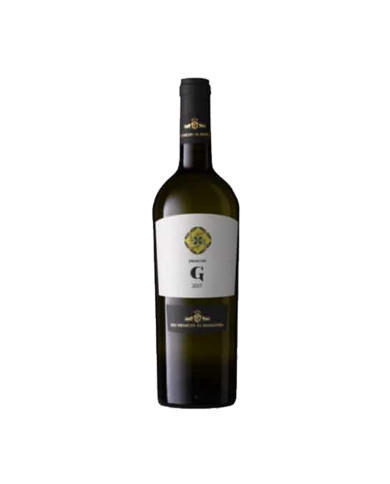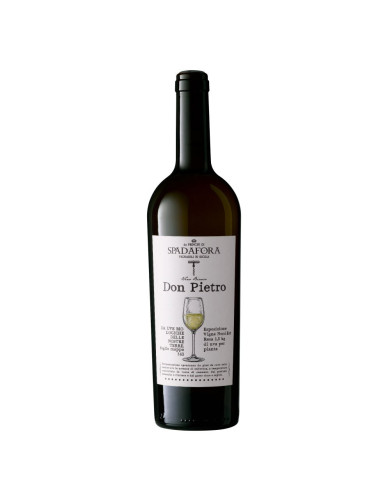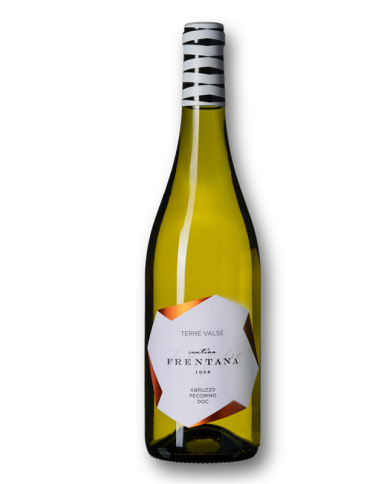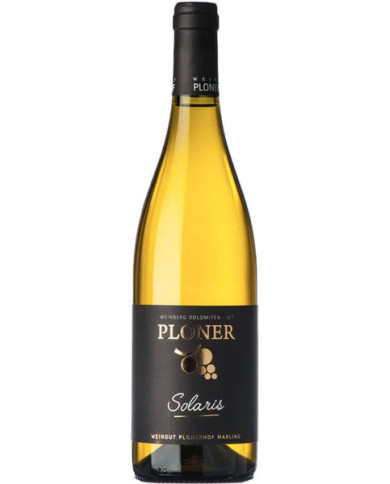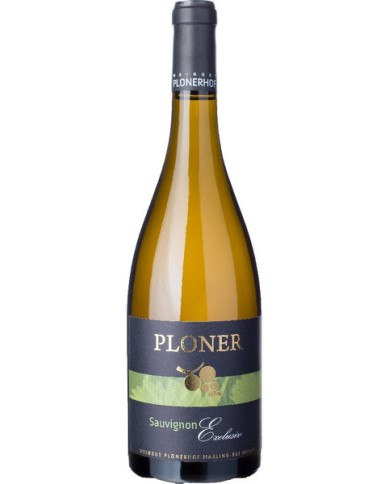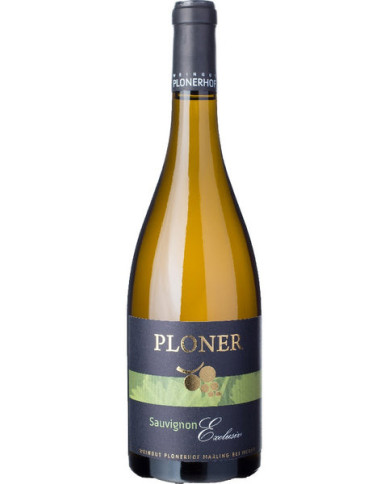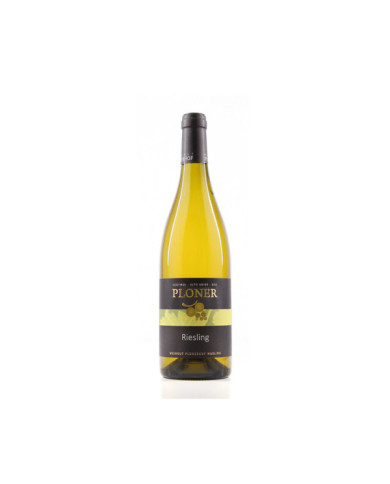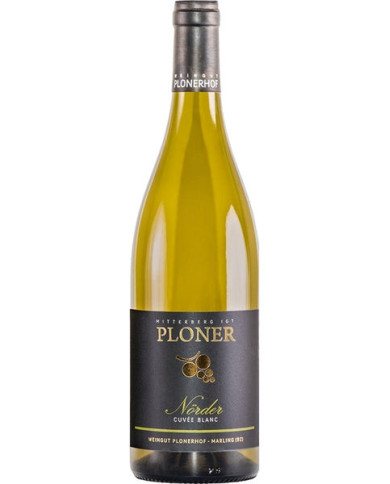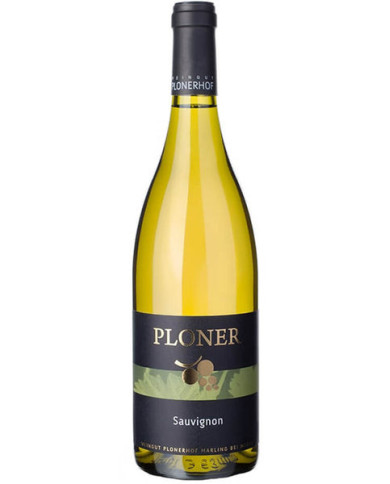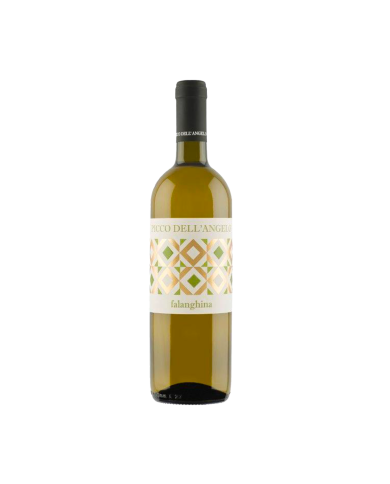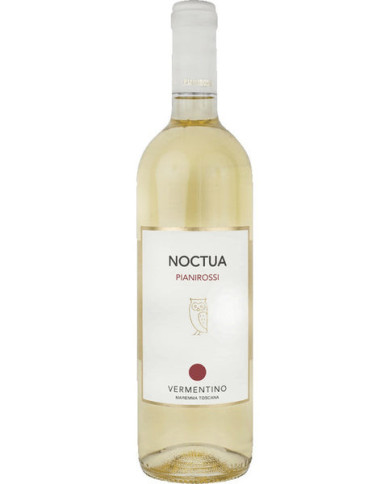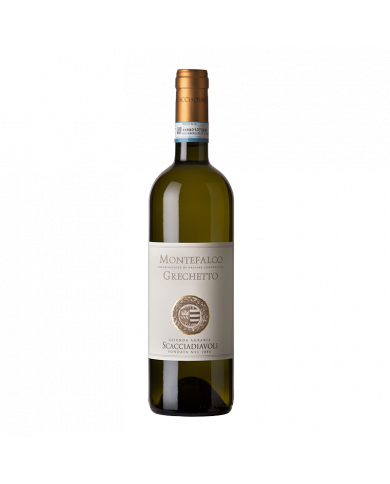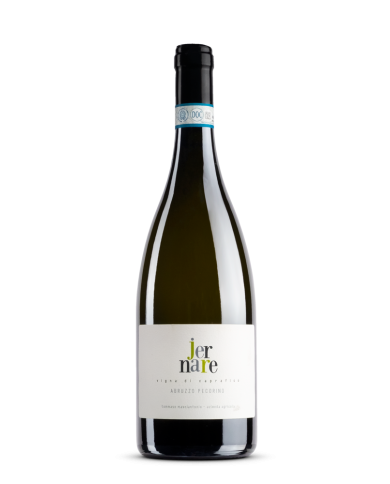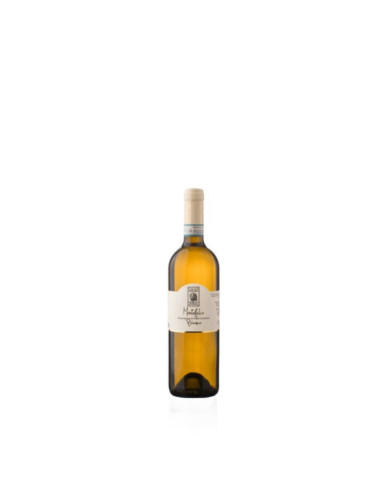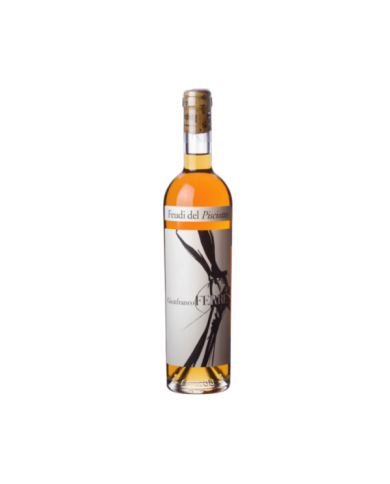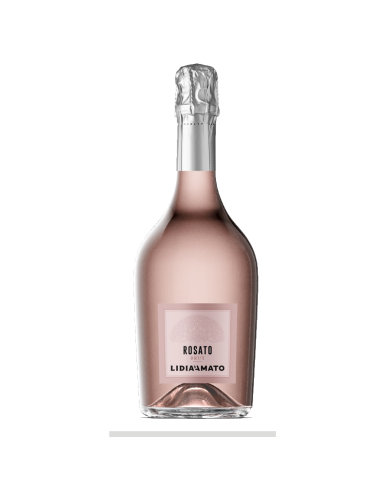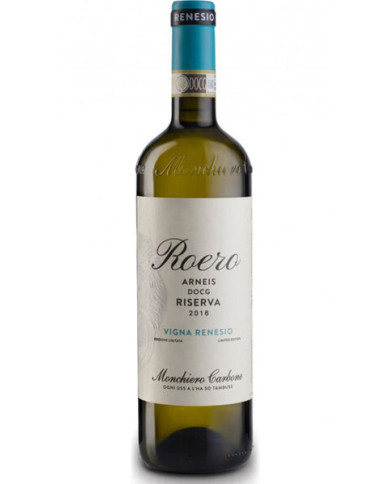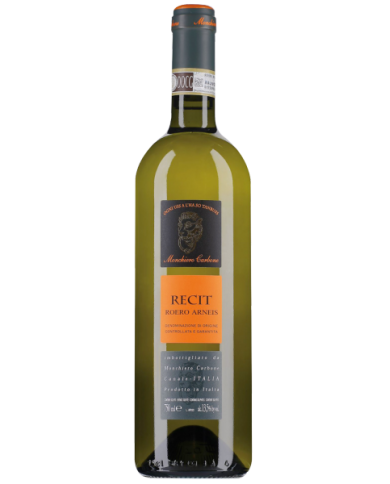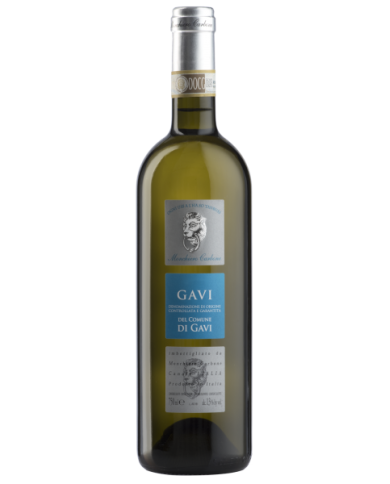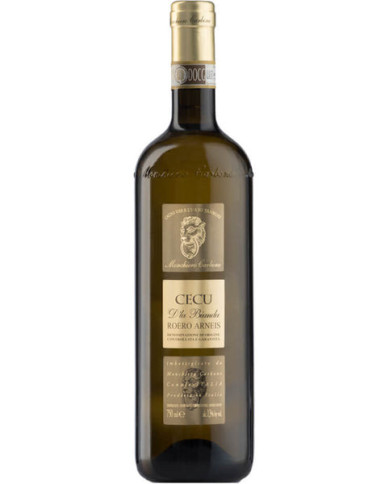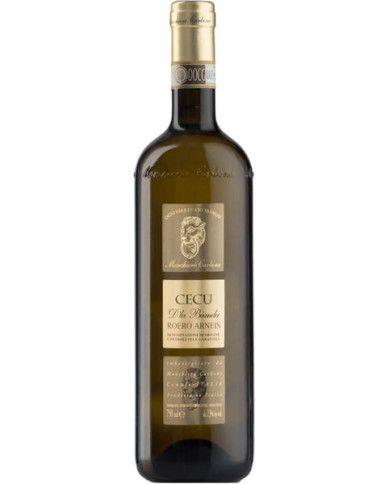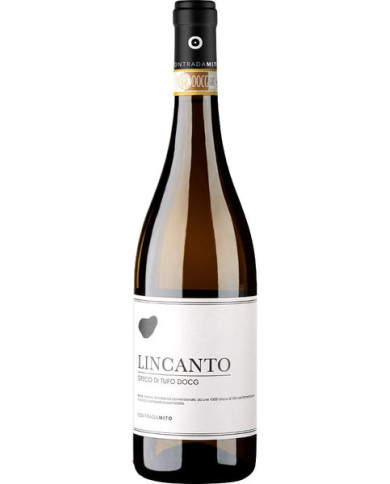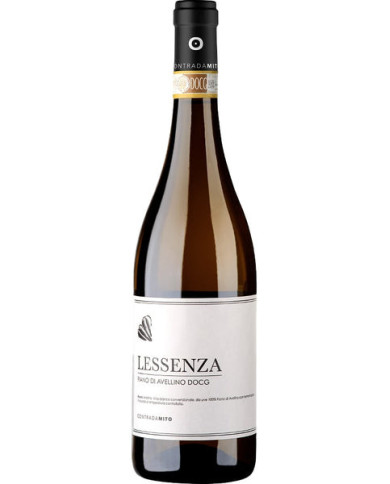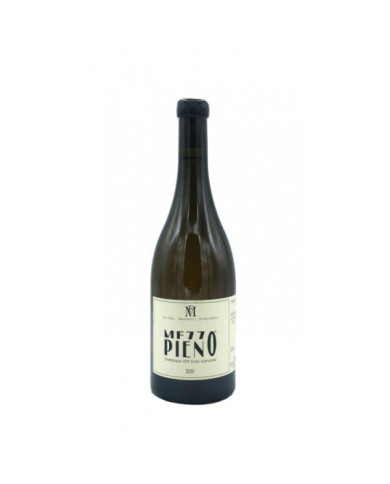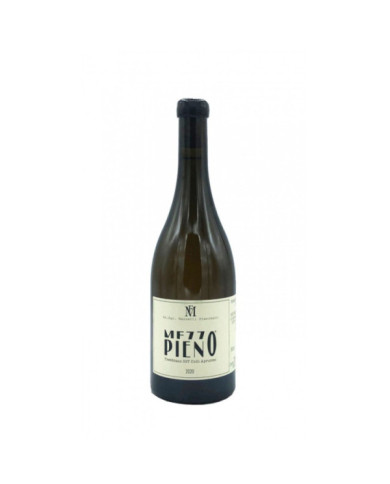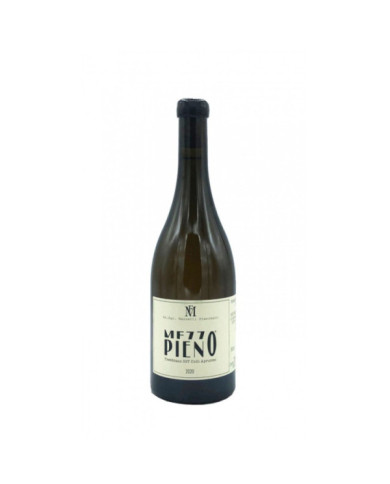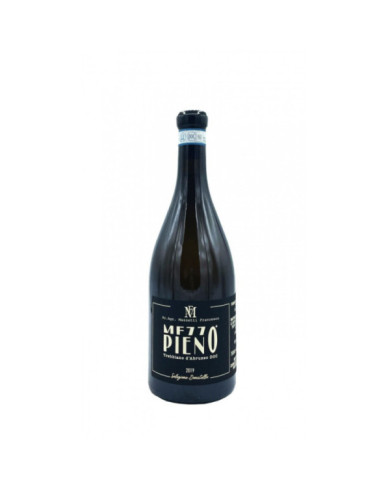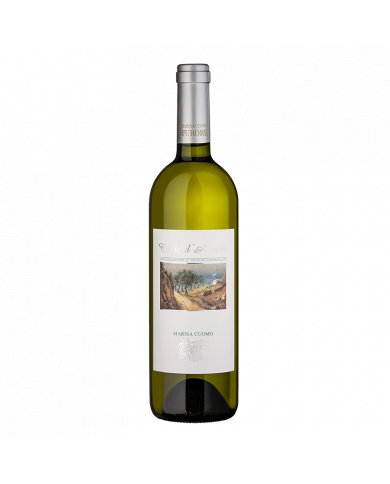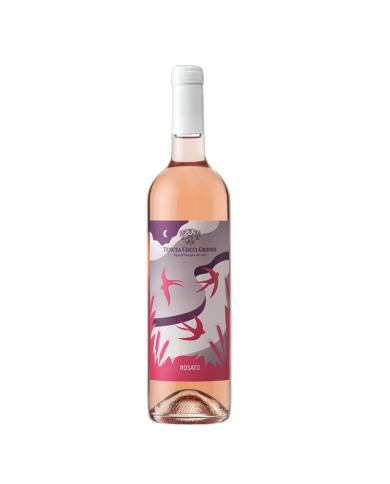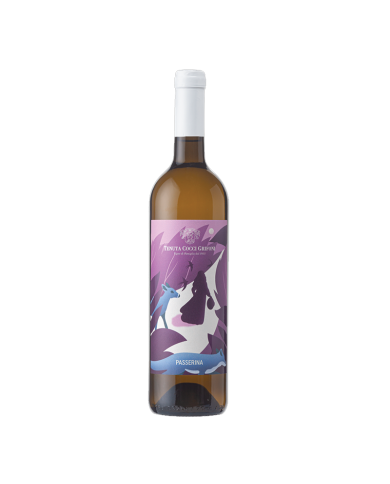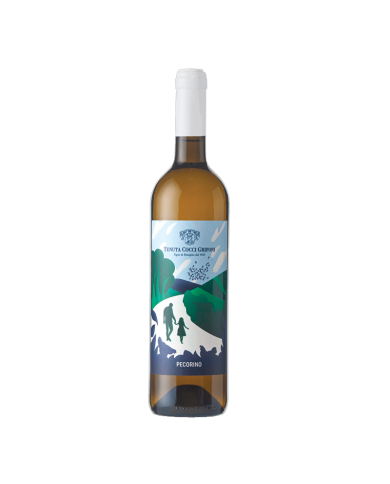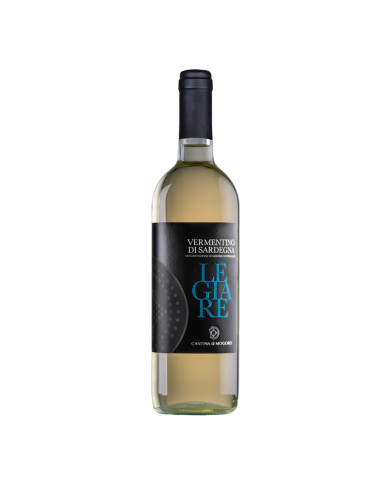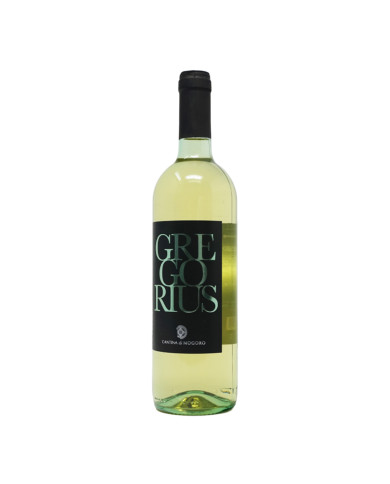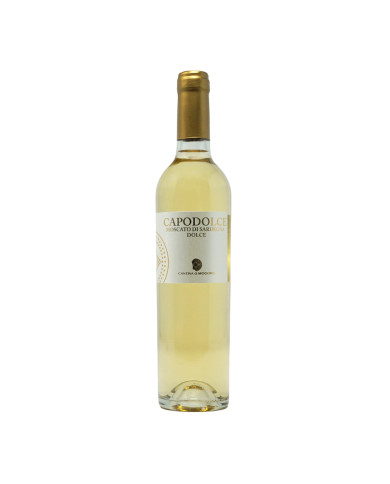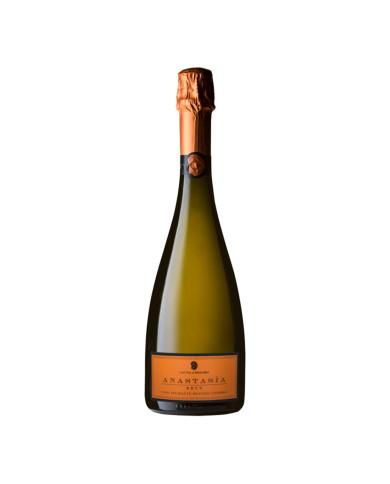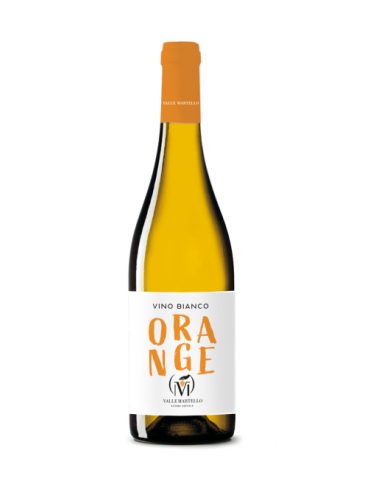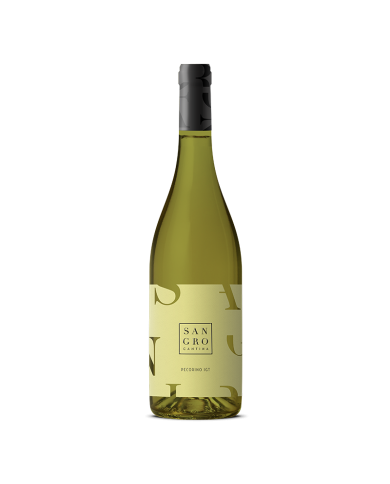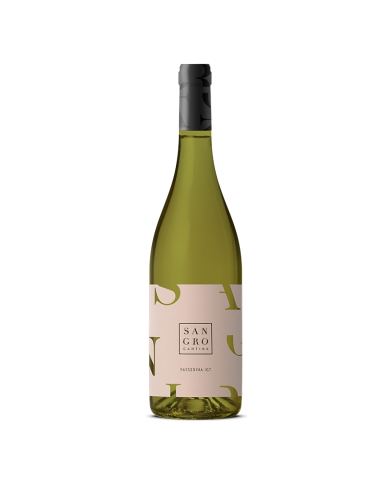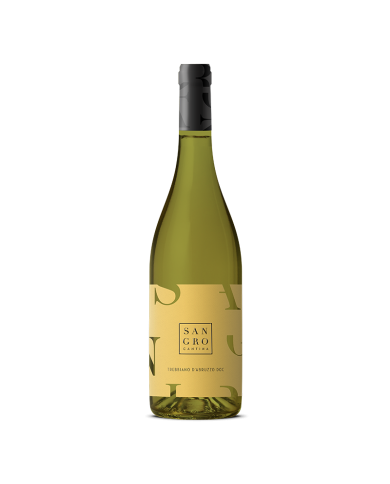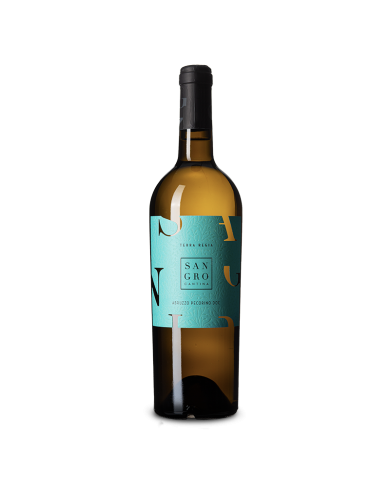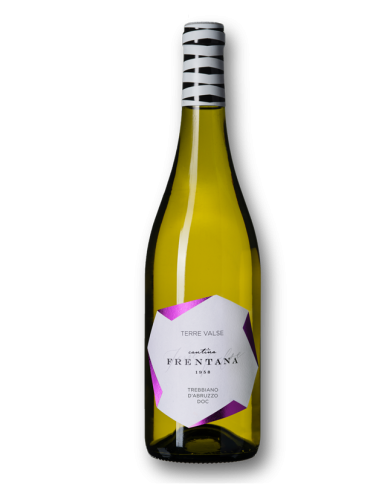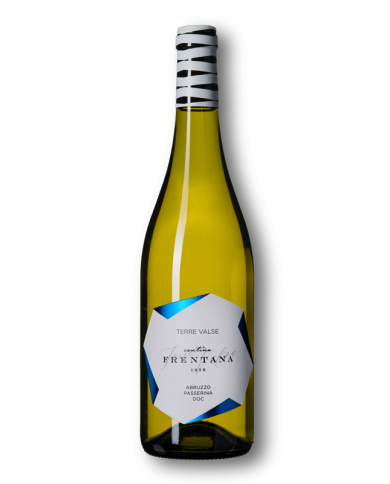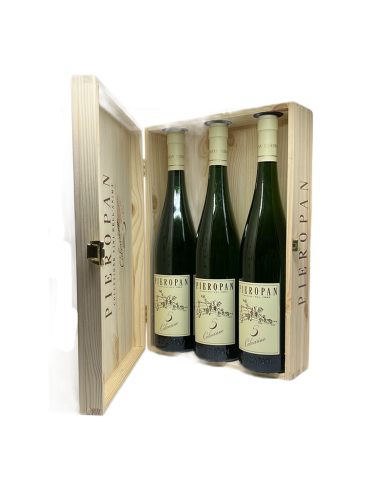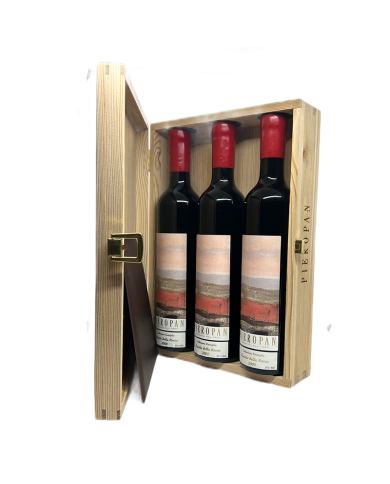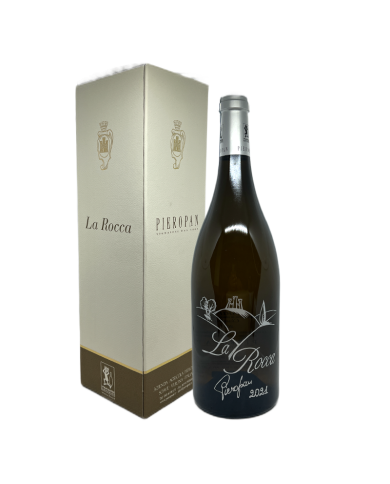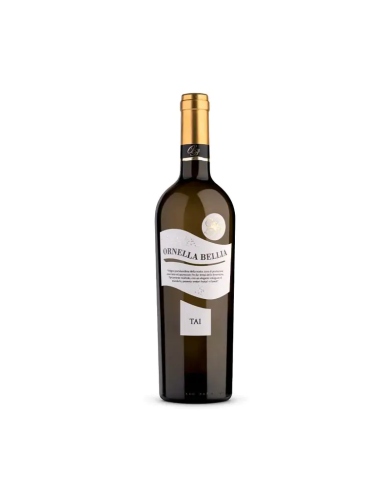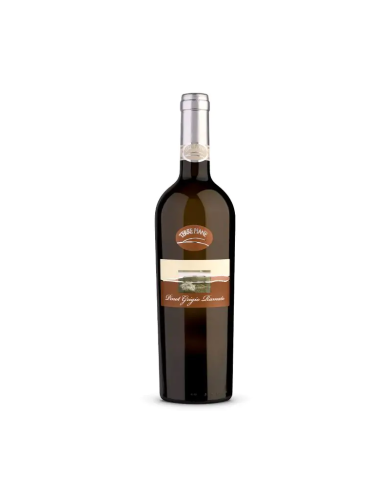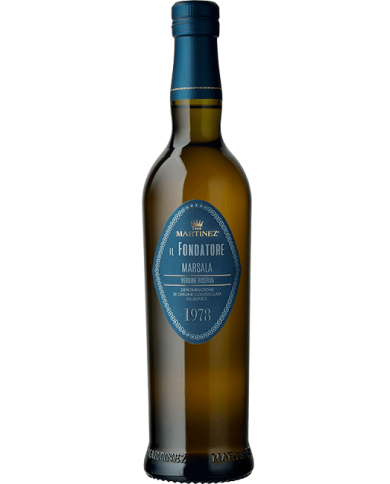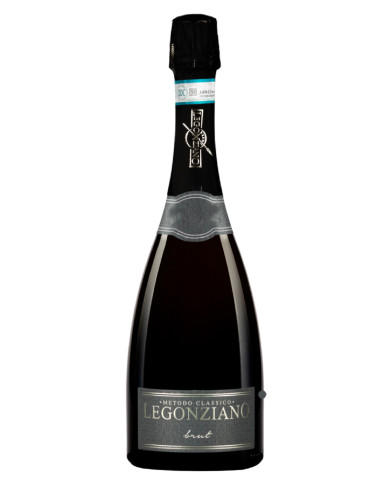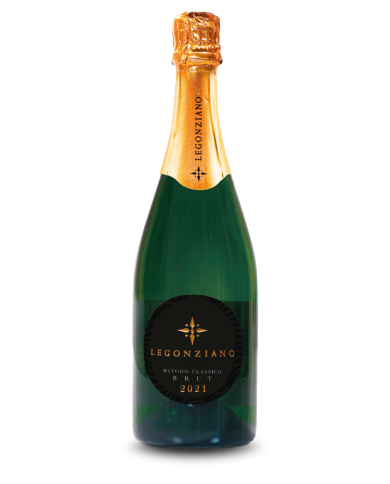The Langhe Chardonnay Massolino is a white wine from a land of reds, rich and very well structured, it is capable of evolving splendidly over time. It is vinified and aged partly in large barrels and partly in barriques and has a very broad and complex aromatic range. On the palate it manages to be delicate despite an important structure, a wine for the whole meal that lends itself to many combinations
Moscato d'Asti in purity, produced in sparkling variety. The result is a very sweet but light bubble, thanks to its delicate alcohol content, which makes it a perfect Entry Level companion to start an evening or a lunch.
Moscato d'Asti in purity, produced in sparkling variety. The result is a very sweet but light bubble, thanks to its delicate alcohol content, which makes it a perfect Entry Level companion to start an evening or a lunch.
Sweet sparkling wine produced from Moscato grapes, made for excellent aperitifs and early evenings. Straw yellow in sweetness, with various notes of sugary yellow-fleshed fruit.
Pacherhof's Muller Thurgau is a wine that blossoms within the terroir of the Valle d'Isarco. It is made in a terroir mainly based on sand and clay, where day and night alternate with excellent temperature ranges and good ventilation. The must ferments slowly at a low temperature in stainless steel tanks. The final stage of aging takes place in steel on the noble lees for 6 months. Once this maturation is complete, the wine is ready to be bottled and placed on the market.
The Pure Extra-Brut champagne from Maison Jean-Noël HATON is a great champagne with a very low dosage.
Pacherhof's Sylvaner is a semi-aromatic white wine of medium body and good freshness, aged for a few months in large barrels. It has a fine and delicate bouquet of freshly mown hay, herbs, fruit and white flowers. On the palate it is clear, mineral, fresh and fruity, with a nice persistence
Pacherhof's Sylvaner is a semi-aromatic white wine of medium body and good freshness, aged for a few months in large barrels. It has a fine and delicate bouquet of freshly mown hay, herbs, fruit and white flowers. On the palate it is clear, mineral, fresh and fruity, with a nice persistence
White wine with a brilliant straw yellow color with light greenish hues. The nose is fruity with hints of apple and almonds.
Pacherhof's Muller Thurgau is a wine that blossoms within the terroir of the Valle d'Isarco. It is made in a terroir mainly based on sand and clay, where day and night alternate with excellent temperature ranges and good ventilation. The must ferments slowly at low temperature in stainless steel tanks. The final stage of aging takes place in steel on the noble lees for 6 months. Once this maturation is complete, the wine is ready to be bottled and placed on the market.
Pacherhof's Kerner is a clean, precise and vertical wine, with a fresh and light personality, not without tension and aromatic richness. Aromas of citrus fruits, exotic fruit and sweet spices involve the sense of smell while the sip reveals character, softness and great expressive power
Fresh, delicate aroma with floral notes, aromas of ripe exotic fruits and an elegant citrus note. Lively fresh acidity with a pleasant aromatic note in the finish.
In its stupendous bottle, this Brut Premier Cru 100% Chardonnay from the HATON & FILS maison promises beautiful sensations.
Type Abruzzo Pecorino doc Superiore 2020 Alcohol 14.5% vol. Grape variety Pecorino 100% Production area: Abruzzo Exposure South, South-east Soil type Medium texture - Clayey Training system (Espalier) Yield per hectare 100 quintals Harvest Manual with selection of the bunches.
A true reminder of the past, the Cuv├®e Noble Vintage 2016 from Maison Jean-No├½l HATON is the reflection of an extraordinary harvest.
Straw yellow in color with greenish reflections. On the nose hints of Mediterranean, cedar and boxwood. Pleasantly dry and material on the palate with a long finish of ancient citrus. Best to drink between 14 ┬░ C and 16 ┬░ C.
Straw yellow, with a rather fine perlage. On the nose it expresses fragrant aromas of white pulp fruit, on the palate it is fresh, very soft, full. A rich and pleasant taste, whose closure stands out for its cleanliness. Excellent as an aperitif, it goes well with light appetizers. Excellent on typical vegetarian dishes.
Straw yellow, with a rather fine perlage. On the nose it expresses fragrant aromas of white pulp fruit, on the palate it is fresh, very soft, full. A rich and pleasant taste, whose closure stands out for its cleanliness. Excellent as an aperitif, it goes well with light appetizers. Excellent on typical vegetarian dishes.
With its luminous hues and very fine perlage, the Superiore di Cartizze Foss Marai has a broad and complex aromatic structure, which recalls white fruits, citrus fruits, peach and apricot, with an intense aroma of wisteria and rose.
The sparkling wine par excellence, the version that best enhances the typical characteristics of the Glera grapes. Strada di Guia 109 Extra-dry is rich in aromas, among which acacia and apple stand out for their intensity and elegance. The taste is captivating due to the freshness and residual sugar that blend beautifully
Straw yellow, with a rather fine perlage. The nose reveals fragrant aromas of acacia and apple. Captivating aromas, which open to a well-balanced taste between freshness and residual sugar. It closes with a finish of excellent persistence. Also as an aperitif, it goes well with delicate fish and white meat dishes.
Excellent between meals and aperitifs, particularly suitable with fish or shellfish-based appetizers, excellent with "poor" fish fry.
The only white wine produced by the company, Nibbiano takes its name from one of the streams that flow near the cellar. Made for about half with red grapes that are immediately pressed and vinified without peel, it is an immediate, fresh and easy to drink wine but with a strong and authentic character that makes it unique and recognizable in every vintage
Simple but tasty seafood dishes such as grilled cuttlefish and swordfish or fried anchovies.
Excellent aperitif or between meals, particularly indicated with appetizers and main courses of fish and shellfish, superb with fries; Service temperature: recommended 8-10 ┬░C.
Excellent as an aperitif or between meals, Magaria is a wine that is well suited to seafood cuisine, excellent when paired with fried or stewed cod with black olives.
An excellent aperitif, Pandosia is the ideal match for seafood, excellent with a simple spaghetti with clams or enjoyed with a delicate grilled local fish.
Lunapiena Oro is a wine whose taste-olfactory complexity makes the pairing completely personal, excellent after a meal paired with blue cheeses.
An excellent aperitif, the ideal pairing is with seafood dishes, shellfish and delicately flavored fish, preferably grilled, such as cuttlefish or a good baked salmon trout.
An excellent aperitif, Lunapiena is a wine that is well suited to seafood cuisine, excellent when paired with fried paranza by the sea
Albamonte is the archetype of the ancient village lost among the mountain paths, Albamonte is the archetype of the ancient village lost among the mountain paths, a magical place that welcomes visitors who have come up there after a long and tortuous journey. In the evening, the party lights illuminate the narrow streets and the town square, where a cheerful crowd toasts the beauty of life. The illuminations bring to mind the important holidays, the wedding banquets, the celebrations of the South.
Denomination: Fantazija Bianco Doc Collio. Grapes: Cuv├®e of the territory. Recommended pairings: Appetizers and first courses based on fish and with soups in general. Alcohol: 13.5% Vol. Format: 0.75 litres. Serving temperature: 8-10┬░C. Typology: White
Denomination: Pinot Grigio DOC Collio. Grapes: Pinot Gris. Recommended pairings: White meats, fish soups and grilled shellfish. Alcohol: 13% Vol. Format: 0.75 litres. Serving temperature: 6-8┬░C. Typology: White
Denomination: Sauvignon DOC Collio Grapes: Sauvignon. Recommended pairings: Appetizers, spicy first courses and in combination with lobsters. Alcohol: 13% Vol. Format: 0.75 litres. Serving temperature: 6-8┬░C. Typology: White
Denomination: Ribolla Gialla IGT Venezia Giulia. Grapes: Ribolla Gialla. Suggested pairings: As an aperitif or with hors d'oeuvres, fish and sauce-based dishes. Alcohol: 13% Vol. Format: 0.75 litres. Serving temperature: 6-8┬░C. Typology: White.
A viognier vinified only in steel, with an unusual freshness and minerality that make our interpretation of this noble vine and our territory unique.
This cru comes from the selection of the best grapes predominantly Falanghine and Fiano, grown in the Ramitello vineyard in Campomarino.
No secrets. No makeup. This Chardonnay Terre di Chieti PGI Bisanzio proposed by Codice Citra is a simple, but pleasant, white wine to be served throughout the meal. When on the table, of course, the sea and its fruits dominate. Served chilled it can also represent a valid alternative to the classic aperitif bubble. At 90%, guests will propose to continue with the same glass once dinner is served. It comes from pure Chardonnay grapes, harvested at flat ripening in the vineyards located near Ortona, in the province of Chieti. Soft pressing and cold maceration to obtain a limpid must which, once decanted, can be fermented, strictly at a controlled temperature to preserve all the goodness of its aromas, in stainless steel tanks. The result is a white, delicately scented, with a brilliant straw color. The nose reveals the warmth of its homeland well. Chardonnay, in fact, shows notes of tropical fruit and yellow flesh. In the mouth, however, it is above all fresh and well balanced in all its components.
Tuscany region Grapes: 100% Vermentino Alcohol content: 13.5% Vinification: selection and manual harvesting of the overripe grapes in mid-September, soft pressing, slow fermentation in steel at controlled temperature, maturation on the lees in steel vats for a few months with continuous batonage during the winter, subsequent refinement in the bottle
Ansonica Elba Doc 2021 is obtained from 100% Ansonica grapes grown in the company vineyards. Located on flat clayey-ferrous soils. The harvest takes place at the end of September and the grapes are quickly taken to the cellar where a soft pressing takes place. Then follows slow fermentation at a controlled temperature. During the winter it ages on the lees in steel vats, with continuous Batonage.
The Elba Bianco Doc 2021 obtained from Procanico, Vermentino and Chardonnay grapes, comes from vines on clayey-ferrous soils in a flat area. Harvested in early September, it is vinified in white, in steel containers, with temperature control during fermentation. Continuous batonage during the winter to enrich the wine with the aromas of the fine lees on which it is left to rest.
Vermentino Elba Doc 2022 comes from vines on clayey-ferrous soils in a flat area. Harvested in early September. It is vinified in white, in steel containers, with temperature control during fermentation. Continuous batonage during the winter to enrich the wine with the aromas of the fine lees on which it is left to rest. Bottled in the spring following the harvest, it has a straw yellow colour. On the nose the typical floral aromas of acacia, pineapple and marked notes of aromatic herbs. On the palate it is dry, fresh, sapid and with good persistence. Ideal alone as an aperitif, or in combination with appetizers, fish risottos and soft cheeses.
Grape rediscovered a few years ago, widespread throughout the Abruzzo region. The name "pecorino" is given by the sheep's muzzle shape of the bunch and by the fact that when the shepherds passed through during the transhumance, the sheep stopped to graze the leaves of this vine.
The Bianco ŌĆ£Donna LiciaŌĆØ is a non-pretentious, versatile wine, produced mainly with Trebbiano d'Abruzzo and Chardonnay. Obtained from soft pressing and short cryomaceration, clarification of the must and fermentation at a controlled temperature, stop for refrigeration and immediate filtration. The storage takes place in steel and fiberglass tanks and the sterile bottling is done from January.
Indigenous vine > Biodynamic spontaneous fermentation wine with biodiversity certification > NOT FILTERED and not tartaric stabilized.
> Autochthonous vine > Biodynamic spontaneous fermentation wine with biodiversity certification > NOT FILTERED and not tartaric stabilized.
Autochthonous vine
biodynamic spontaneous fermentation wine with biodiversity certification
Souvignier Gris is a vine resistant* to fungal diseases, it was created by crossing the Seyval variety with the Zahringer in 1983 in Germany. The bunches of grapes are harvested at the beginning of September, once they reach the cellar they are pressed and the must is left to macerate on the skins for a few days. This gives the characteristic color and enriches the aromatic bouquet. At the end of this process the alcoholic fermentation starts in stainless steel containers. Maturation follows, which for 30% of the mass takes place in new wooden barriques and continues for about six months. This is where the spicy aromas and the particular warm and rich flavor originate. After which the two masses are united again and following the blend is filtered and bottled to then be put on the market after a few months of rest in the bottle. * resistant vine: it is a vine obtained from interspecific crossings aimed at lowering the susceptibility of the plant towards cryptogamic diseases (such as downy mildew and powdery mildew) and low temperatures. In this way a stronger plant is obtained and consequently viticulture becomes ethically and ecologically more sustainable both for man and for the environment. The resulting wines are healthier and qualitatively not inferior to the conventional ones we usually consume. In Italy, the cultivation of 10 resistant grape varieties is currently permitted. Colli del Soligo offers two, Souvignier Gris in the still wine version and Johanniter in the sparkling version. Taste to know. Don't miss the opportunity, taste it!
The Chardonnay Marca Trevigiana IGT is produced with grapes from vineyards in the province of Treviso, characterized by medium-textured soils and a cool, windy climate, ideal for preserving the product's fragrance and acidity. The harvest takes place at the end of August and the bunches are harvested when fully ripe to develop the aromatic component to the maximum. When the bunches reach the cellar, they are softly pressed and the must thus obtained is fermented for a long period at a controlled temperature using selected yeasts to preserve the typicality of the product as much as possible. The vintage product is bottled starting in December and after a short maturation in the bottle it is ready for consumption. Chardonnay is one of the largest white grape varieties in the world. Born in Burgundy, it has now spread all over the globe. In fact, it has an incredible variety of aromatic components, which emerge in different ways depending on the soils and climates where it is grown. In particular, in our areas, it is expressed through notes of peach, pineapple and citrus, followed by floral and mineral notes.
To produce this wine, grapes from vineyards located in the province of Treviso are used. Sauvignon, a semi-aromatic vine well known and appreciated all over the world. Once harvested, the grapes are taken to the cellar where they are pressed and the must obtained is fermented in large stainless steel containers. During the vinification, the technicians pay close attention in order to preserve the typical primary aromas of the grapes and obtain a fine wine. If you've never tasted it, this is the right time to do it. It will amaze you with its precious aromatic bouquet and full and harmonious taste.
Straw yellow color with golden notes. Persuasive and complex bouquet, with fruity, floral and spicy notes. With a good structure, full, soft and with a long persistence. Excellent as an aperitif and with appetizers, it is perfect with all seafood cuisine, especially raw fish and seafood. Also perfect with delicate meat-based dishes, with vegetables and fresh and semi-mature cheeses.
White color with greenish notes, fruity, intense and elegant bouquet; in the balanced taste, with an aftertaste reminiscent of green apple.
Passerina Terra di Chieti is a wine that follows a short cold maceration of the crushed grapes, delicate pressing and fermentation at a controlled temperature in stainless steel tanks. Its marketing usually takes place in the months of January/February of the year following the harvest. We are talking about a wine that stands out in the glass for its straw yellow color with greenish hues. On the nose it offers a persistent and fruity aroma of white-fleshed fruits, exquisitely mixed with citrus notes. A glass that has a good structure and a full and intense flavour. It conquers the palate for its excellent freshness which makes it an exceptional white to be enjoyed as an aperitif and ideal in combination with fish, shellfish and seafood dishes, including raw ones, fresh cheeses and white meats.
Trebbiano d'Abruzzo from the Spinelli winery is a wine that follows a short cold maceration of the crushed grapes, delicate pressing and fermentation at a controlled temperature in stainless steel tanks. Its marketing usually takes place in the months of January/February of the year following the harvest. We are talking about a wine that stands out in the glass for its fairly intense straw yellow colour. On the nose it gives a persistent and fruity aroma of exotic fruit, exquisitely blended with floral notes. A glass that has a good structure and a long persistence on the palate. A soft white with the right degree of sapidity, an excellent meal wine for every day to be enjoyed as an accompaniment to dishes based on fish, shellfish and seafood, fresh cheeses and white meats. Also perfect to be enjoyed in the company of appetizing aperitifs.
Straw yellow with greenish and brilliant hues. Strong aromas of exotic fruit, banana, citrus and delicate notes of yellow flowers. Fresh, soft and pleasant. Medium bodied and good persistence.
Trebbiano d'Abruzzo from the Spinelli winery is a wine that follows a short cold maceration of the crushed grapes, delicate pressing and fermentation at a controlled temperature in stainless steel tanks. Its marketing usually takes place in the months of January/February of the year following the harvest. We are talking about a wine that stands out in the glass for its fairly intense straw yellow colour. On the nose it gives a persistent and fruity aroma of exotic fruit, exquisitely blended with floral notes. A glass that has a good structure and a long persistence on the palate. A soft white with the right degree of sapidity, an excellent meal wine for every day to be enjoyed as an accompaniment to dishes based on fish, shellfish and seafood, fresh cheeses and white meats. Also perfect to be enjoyed in the company of appetizing aperitifs.
Straw yellow color with golden notes. Aromas of yellow fruit that blend with floral and balsamic notes. Sapid taste, with good structure and long persistence. Excellent as an aperitif and with appetizers, it is perfect with all fish-based cuisine, especially with shellfish and soups. It also goes well with delicate meat-based dishes and vegetables.
Straw yellow color with greenish notes. Persistent and fruity bouquet, with citrus notes. Good structure, excellent freshness, full and intense flavour. Excellent as an aperitif, it elegantly accompanies all fish-based cuisine revealing a predilection for crustaceans and seafood, even raw. It is the perfect match with white meats and unseasoned cheeses.
The Trebbiano grapes remain in contact for about a year on the lees in Clayver ceramic barrels, the 2021 vintage was bottled in October 2022. We are dealing with a wine that expresses a clear sunny character, the aromas are reminiscent of wheat and chamomile , then a ripe peach comes out. The mouth is rich, warm, enveloping, powerful, with a remarkable aromatic expansion and length. In the second part of the mouth it develops a delicately smoky trace of toasted almond and hazelnut; closes full and juicy on fruity sensations and hints of tea.
It is a brut sparkling wine with a wide and persistent froth, fine and continuous perlage, a light straw color. The aroma is intense and balanced finesse. The full flavor expresses the typicality of the production area.
Before the harvest, which usually takes place during the second and third ten days of September, the grapes are carefully selected in the vineyard. Subsequently, a gentle pressing is carried out, to then move on to alcoholic fermentation at a controlled temperature in stainless steel for about a week. The refinement takes place on the fine lees, for about 7 months in order to increase its complexity. In the glass Collio Ribolla Gialla shows a pale straw yellow color with slight greenish reflections. Elegant fruity aromas of white peach, apple and pear blend with floral aromas of rose and spring flowers to create an enveloping and seductive bouquet. An intriguing and pleasant wine on the palate; thanks to a rather acid taste, the result is a glass characterized by a remarkable freshness to be savored to the full. A versatile white that is well suited to many preparations in the kitchen including dishes based on white meats, vegetables, first courses with not too tasty sauces and fried fish. Also excellent as an aperitif wine.
Malvasia is the result of grapes selected and harvested manually when they are fully ripe. This is followed by delicate destemming and pressing, and subsequent alcoholic fermentation in stainless steel tanks at a controlled temperature of 18-20 ┬░C for a period of about 8-12 days. The wine then undergoes partial malolactic fermentation and ages in stainless steel tanks until the month of April following the harvest before being bottled and marketed. In the glass it has a bright straw yellow color. The bouquet releases an intense scented aroma of yellow fruit among which peach and apricot stand out, deliciously mixed with citrus aromas of mandarin and aromatic herbs. On the palate it is rich, soft and savory at the same time. A white of great balance, fresh and persistent in the mouth that on the table is an excellent combination with dishes based on both cooked and raw fish, seafood risottos and first courses with delicate sauces.
Fosarin is born from the union of the Friulano, Malvasia and Pinot Bianco vines, aged for 5 months in barrique. A balanced white wine of medium intensity and structure capable of giving a harmonious, savory and fruity finish. Fosarin springs from the passion, commitment and attention that has always distinguished Cantina Ronco dei Tassi in the management and care of eco-sustainable cultivation that is respectful and careful, capable of maintaining the flavors and aromas of the grapes. In the glass it has a pale straw yellow color. On the nose it offers a persuasive and harmonious scent of anise, yellow peach and yoghurt. On the palate it is immediately rich and full, sapid and enveloping with a long and persistent finish to be savored to the last drop. Collio Bianco Fosarin on the table goes very well with fish-based dishes, and in particular in combination with tasty seafood appetizers, seafood first courses and risottos and fish soups, but also soft cheeses and white meats.
Cru Tognano is obtained by selecting the grapes produced by plants grafted with the centenary Fiano clone. Exposure East Clayey sandy soil of medium texture, dry and windy climate, altitude 550 above sea level, presence of numerous water springs, a set of factors that characterize this cru. The company begins harvesting the grapes in the first ten days of October and, after pressing, subjected to maceration on the skins for about 15 hours, the free-run juice obtained ferments in steel for about 45 days. The alcoholic fermentation is followed by an aging in steel for 12 months and a further aging in the bottle for a minimum of 12 months. In the glass this wine is straw yellow in color with delicate greenish reflections. On the nose, the aromas of citrus fruits and white-fleshed fruit, mint, toasted notes and hydrocarbons stand out which evolve over time, becoming increasingly striking and intense. In the mouth the taste is fresh and with a long aromatic persistence with returns of citrus and smoky notes. This white is excellent in combination with fish dishes, white meats and fresh cheeses.
Rocca del Principe presents its pure Fiano, the first born in the "Riserva" version. The wine must have aged for at least 12 months, starting from the month of November following the harvest. An excellent wine capable of making its origin known even with closed eyes: the territory of Lapio where the cellar is located. An area particularly suited to viticulture, especially for Fiano grapes, especially in the north, north-east side. The particular characteristic of the wines produced in this area is an unexpected longevity. In the glass it shows a beautiful clear and light yellow color. The nose is extremely intense, the hints of yellow fruit such as peach are evident as well as aromas of more exotic fruit, combined with brackish nuances and hints of flint. Perfect harmony between nose and mouth. The taste is decidedly fresh and salty, with an energetic acidity. A highly versatile wine that goes perfectly with many dishes based on fish or white meat. Excellent with margherita pizza.
Every year this wine, produced exclusively with Fiano grapes obtained from the company's vineyards, is the expression of a territory. The only factor that can significantly vary the characteristics is represented by the climatic trend of the different years. The company begins harvesting the grapes in the first ten days of October and, after pressing, follows the alcoholic fermentation in steel tanks at a controlled temperature of 12/14┬░ for about 40 days. Malolactic fermentation is partially carried out, followed by aging in steel on fine lees for 10 months. The refinement in the bottle is for another 4 months. In the glass this wine is straw yellow in color with delicate greenish reflections. The nose is fine and delicate but at the same time persistent and intense with fruity, floral, mineral and vegetable notes. The aromas of orange blossom, cedar, fresh almonds and aromatic herbs stand out in particular, which over time evolve into aromas of toasted hazelnuts, dried fruit and hints of hydrocarbons. In the mouth the taste is dry, fresh, sapid and with a long aromatic persistence. At the table it marries beautifully in combination with fish dishes, white meats and fresh cheeses.
Selection of the free-run juice with light pressure. Fermentation at temp. controlled (18 ┬░) followed by 8 months on the fine lees.
Fermentation at temp. constant (20 ┬░) for 20 days in stainless steel. The bottled wine remains for at least two months in the cellar.
It is a fresh and elegant wine, with a superior structure to the white Don Pietro, included in the Don Pietro line. 7,000 bottles come out.
From Catarratto grapes comes a savory, fresh and light white wine, but with character. Its name recalls the Spanish origins of the Spadafora family; it is the most produced wine and is produced with a commitment equal to that which the company puts into the production of more expensive wines. The straw yellow colour, the scent of white fruit, the savory and fresh taste make it a simple and linear wine, which should be drunk within two years, to be combined with fish first courses and seafood appetizers. It should be served very cool in order to enhance its immediate drinkability.
The wine has an intense yellow color with golden reflections. The nose reveals hints of vanilla and a pleasant note of fruit and ripe yellow pulp.
Montefalco Grechetto doc is a dry wine that presents a range of lively aromas on the nose as well as in the mouth. Sweet fruit, white and yellow flowers and a good acidic freshness keep it alive and persistent. A native white grape of Umbria, in Scacciadiavoli it is vinified in purity. It accompanies hot summer days served at the right temperature and goes well with first courses or light main courses all year round. Wine to drink young. The presence of deposits in the bottom of the bottle is natural.
Just fifty meters away from its twin we find the Pecorino doc bio vineyard, the youngest cru, espalier training system.
Bright gold colour. White peach and mango on the nose. Notes of white flowers such as chamomile, acacia and freesia stand out. Notes also of sage. Soft and persistent. The grapes are softly pressed, then the must undergoes static clarification. Subsequently it is fermented in steel tanks at a controlled temperature of 20┬░C. Natural decantation for three months in steel.
Olfactory elegance with hints of yellow pulp fruit, almond flowers. Nice tension towards hazelnut notes. In the mouth breadth and enveloping texture. Long finish that is revived thanks to the acidity of the Spoletino (Trebbiano Spoletino). The grapes are softly pressed, then the must undergoes static clarification. Subsequently it is fermented in steel tanks at a controlled temperature of 20┬░C. Natural decantation for three months in steel.
Chardonnay and viognier blended at 50%. The first wine of Gurra di Mare with vineyards as far as the beach of Porto Palo (Menfi), the ideal terroir for the two international vines.
A wine with a Mediterranean character born from the combination of one of the native grape varieties par excellence, Inzolia, and the most important international white grape variety, Chardonnay, which expresses itself in an extraordinary way in Sicily. Perfumes of great intensity and a full and vibrant sip make this white extremely pleasant especially in summer. The sculpture on the label is by the great ceramist Giacomo Alessi from Caltagirone.
One of the best Italian sweet wines Label designed by Gianfranco Ferr├©. Aromatic notes and perfect acidity stand out. A product characterized by balanced flavors, with perfect sweetness and offering clear hints of dried fruit, honey and rose.
A straw yellow colored wine characterized by rich notes of apple and pear, which make it immediately recognizable and appreciated. The taste is warm and dry, slightly tannic and with a citric scent.
In the glass it shows a beautiful straw yellow color. The fruit, even exotic, is predominant on the nose, and combines with the hints of orange blossom typical of the zibibbo. It enters the mouth with a light sip, supported by a marked acidity that facilitates the flow of the drink, always balanced.
Excellent with a salmon chirashi.
The twin of the Canon, but made with Sauvignon blanc grapes, the most fascinating but also the most difficult of the white grape varieties. Also for those who love complex wines, not passing through, rich in aromas, perfumes and long texture even if with white grapes. To drink like reading a score of great music.
Canonico A Chardonnay of great structure and minerality, complex, to drink even in a few years. Capable of holding even the tastiest dishes, thanks to the vinification in barriques and the long aging in the bottle. A Burgundian-style Chardonnay, for those who love depth of flavour.
Vin Santo di San Niccol├▓ is a wine made from dried white grapes and aged for 5 years in wooden barrels in contact with 20-30 year old mothers. It is a very full-bodied wine with a good balance between sweetness and freshness, with a very long persistence.
The must spends a night in an open tank (coolship); the fermentation starts spontaneously thanks to the bacteria and yeasts present in the cellar
An elegant, dynamic and profound wine, Il Marzocco will enchant you with its explosive notes of white flowers, such as grapefruit, and ripe pineapple, accompanied by intriguing vanilla nuances. The palate is sumptuous and creamy with notes of apricot elderflower and citrus. The mouth is delighted by a vibrant and mineral finish.
A harmonious wine with a marked and fresh personality. In the glass it opens intensely with floral notes of wisteria and linden, white peach and gooseberry. On the palate, the entry is precise and straight. Lemon zest, mint and the complexity of wildflower honey emerge. The marked acidity makes it long and elegant. In aftertaste hints of flint bring back mineral notes.
Francesco Massetti's Trebbiano offers the nose aromas of apple, white peach and puffs of hay as well as Mediterranean herbs, in the mouth it has a beautiful structure, freshness and saltiness with a good persistence, time will make this wine more complex, which is already very popular today .
Trebbiano d'Abruzzo Mezzo Pieno Selezione Donatella 2019 by Francesco Massetti is a wine of great substance offering the nose ripe aromas, yellow fruit, dried hay as well as Mediterranean herbs, in the mouth it has pace and structure which are balanced with freshness and saltiness with a good persistence, wine of absolute thickness.
Costa d'Amalfi Bianco is characterized by a straw yellow color with an elegant aroma of acacia, lemon verbena and aromatic herbs and a finish reminiscent of toasted almonds. The taste is appreciated for its balance and lively freshness.
Costa d'Amalfi Bianco is characterized by a straw yellow color with an elegant aroma of acacia, lemon verbena and aromatic herbs and a finish reminiscent of toasted almonds. The taste is appreciated for its balance and lively freshness.
Fruity with wild strawberries and raspberries, floral with white petals. It is recommended to serve at 10┬░C.
Floral wisteria, with hints of apples and lychees. It is recommended to serve at 10┬░C.
Fruity of ripe pear, floral of broom with a fresh hint of pink grapefruit. It is recommended to serve at 10┬░C.
Very welcome as an aperitif, it goes well with delicate flavours, delicate hams, pasta or rice with vegetables, raw fish in carpaccio or enhanced by delicate cooking and fresh aromatic herbs.
Perfect as an aperitif, appreciated with simple appetizers such as ham and melon, carpaccio of delicate fish; rice salads, raw seafood.
She loves the typical sweets of the Sardinian tradition, prepared with almond paste, dry pastries, fruit tarts. Excellent accompaniment to cow's milk cheese, aged pecorino and goat's cheese, even blue cheeses. Also excellent with dark chocolate ... Splendid with friends, a chat, or one's thoughts.
It is an excellent aperitif but it can accompany menus with delicate flavours, from crunchy saut├®ed vegetables scented with fresh herbs to fish, even raw, to cold rice salads, as long as they do not contain pickles or garlic.
Valle Martello 's Orange Wine starts from a challenge accepted by our winemaker Corrado Masci. a white wine that follows a very natural fermentation in a concrete tank with native yeasts. Prolonged maceration with the skins gives it an amber colour, typical of orange wines. An intense and structured wine, which presents a pleasantness in the mouth that makes it suitable for both simpler combinations and large elaborate fish and meat dishes.
Medium intense straw colour. The nose shows hints of citrus, floral and white pulp fruit. A full-bodied and structured wine, with good acidity that refreshes the palate. It goes well with seafood dishes but also with white meats, medium-aged cheeses, cured meats and first courses.
Rather intense straw yellow colour. On the nose, pleasant floral notes and hints of white peach. Fresh, harmonious wine with good acidity. The balance between flavor and aroma closes long and persistent. It accompanies tasty seafood dishes but also cured meats and medium-aged cheeses.
With a pale straw yellow colour, it is delicate and fresh to the nose with hints of yellow plum and white flowers. It goes well with appetizers, first courses and fish dishes, soups and white meats.
From Pecorino grapes from vineyards in the highest altitude areas and carefully selected grapes. Straw yellow in colour, it combines appreciable fruity notes of peach, grapefruit and white flowers, with a fresh flavor and excellent sapidity. The time spent in the bottle gives it mineral notes.
The wine has an intense yellow color with golden reflections. The nose reveals hints of vanilla and a pleasant note of fruit and ripe yellow pulp.
Straw yellow in colour, it has a delicate nose, with hints of white flowers and unripe fruit.
Calvarino 5 is the first wine of the "Vini dell'Anima" collection. Born from a project by Leonildo Pieropan and his sons Dario and Andrea, it is a blend of five vintages of Calvarino (2008-2009-2010-2011-2012) aged for at least 10 years in concrete in the cellar. From Garganega and Trebbiano di Soave grapes, Calvarino 5 is the authentic expression of these vines, from volcanic soil. Savory and vertical, it opens into a range of aromatic herbs and flowers in the long run. Composed, elegant and persistent, with a dry taste, long on the finish. A Mediterranean wine in the soul and of great longevity. A unique and unrepeatable wine, produced in a limited edition.
PRODUCT IN LIMITED QUANTITY The Passito della Rocca wine was born as an experiment of the company to create a "sweet wine" different from the tradition of the area., Produced from 1988 to 2008
The La Rocca vineyard is located on the hill of Mount Rocchetta, close to the medieval Scaliger castle of Soave. La Rocca enjoys a particular microclimate, which makes it possible to obtain a wine with a unique and unreproducible bouquet and gustatory notes, typical of a pedigree wine. Innovative, since its debut in 1978, it has marked a deep groove in the territory, becoming an undisputed symbol of quality and tradition.
Grapes harvested manually, placed in the cell until a temperature close to 10┬░C is reached, then pressed. Fermentation carried out at low temperatures using selected yeasts
Pairings: Blue cheeses, Fresh cheeses, Aged cheeses, Soups, Aperitifs
Colour: bright straw yellow with coppery reflections. Aromas: white fruit, especially pear and golden apple. Spicy finish. Taste: dry, decisive, full, harmonious and savory.
The best Italian white wines
Italy is home to important white wines. In the section of our Clickwine online wine shop dedicated to the best Italian white wines, you will find bottles of excellent white wine carefully selected by our Sommeliers.
The denominations used in our country to classify wines are DOCG, DOC and IGT. Sometimes denominations such as DOP and IGP are also found: these acronyms have similar meanings to the previous ones but are used by wineries that mainly sell their wines outside the Italian territory.
The production of white wine
White wines are produced from both light and dark berry grapes, but vinified in white: that is to say that during maceration there is no contact between the must and the marc, so that the skin - exactly the opposite of what it happens for the red - it doesn't give substances and color.
Its myriad nuances vary according to the characteristics of the vine, the refinement method and the vine cultivation area.
In white winemaking, once the grapes have been harvested, they are transported to the cellar, destemmed and pressed and the must is separated without any maceration or with a short maceration. Sometimes, however, the grapes are pressed and then macerated with the skins at a low temperature for a more or less long period. In this way, richer and softer wines can be obtained.
This phase is followed by the clarification of the white product, which can be done by letting the must rest, by cooling, centrifugation or filtration.
Fermentation begins either by introducing selected yeast into the must or spontaneously, with the indigenous yeasts present in the grapes. To maintain the aromas, finesse and freshness of white wines, fermentation is done at lower temperatures than for red wine vinification, generally around 18┬░C.
To obtain a fresh and lively wine, to be drunk young, malolactic fermentation is avoided, bottling early, after filtration and stabilization. More complex wines, aged or fermented in wood, are bottled only after several months spent in barrels.
How to taste white wine
First of all, you need to decide whether to uncork the bottle immediately or whether to age your white wine. If you want to immediately surrender to their charm, their aromas of aromatic herbs, flint or their notes of exotic fruit, then serve your white at the right temperature: 6-8┬░ for a young white and 8-10┬░ for a softer one. it is structured.
How to match white wine
Dry white wines will also surprise you at the table and not just for their straw yellow colour. As an aperitif and above all combined with a fish dish, white wine is certainly a must, but it is not easy to perceive which of the many labels will be the most suitable for the occasion
However, we suggest you try some white wine as an accompaniment to fresh, low-fat cheeses rich in milk such as the tasty buffalo mozzarella, or with soft, flowery-rind cheeses. They are obviously also perfect with white meats, such as the classic scallops but beyond the customs, white wine also perfectly decorates a table based on meat and risottos as well as truffles. Enter our Clickwine online wine shop to receive specific suggestions for buying the best white wine at the best price to pair with your favorite dishes.
White wines: prices and offers
Every week you will find on our Clickwine online wine shop selected white wine labels at special prices in this section and in the one dedicated to offers, you can then take a look at those with the best value for money.
A wide choice of quality products is available at affordable and truly exclusive prices. Do not miss the incredible offers of white wines belonging to all the most prestigious wineries of Italian production, discover Italian wines loved and internationally recognized.
Enter the Clickwine catalog and expand your choice by purchasing online exclusive articles of small-sized wineries, but with an exceptional production of the highest quality.
White wines: longevity and conservation
How long can I keep white wine in the cellar? Do white wines improve like red wines with age? These are the questions that a wine consumer asks himself when speaking of white wine.
In general, white wines are much less long-lived than reds, for two reasons: the tannins and the ageing. Tannins are antioxidant substances present in the skins of wine which are not present in whites; As far as aging is concerned, however, most of the white wines are aged in steel for a few months, even the reds, if they are aged a little in steel and undergo rapid maceration, do not last many years. Let's say that a classic white that ages in steel lasts from 2 to 3 years maximum. If it is macerated or aged in wood, it can last up to 20 years and improve from year to year.
How many types of white wines are there?
There is no exact number of types of white wines, as there are different white grape varieties that can be used to make white wines. Some of the most common white grape varieties used to produce white wines are: Chardonnay, Sauvignon Blanc, Riesling, Pinot Grigio and Moscato. There are also other less common varieties such as Gew├╝rztraminer, Semillon and Viognier. Each of these varieties can be used to make white wines with different and unique characteristics, so there are many different types of white wines available.
How to recognize a good white wine?
There are several ways to recognize a good white wine. One of the easiest ways is to taste the wine and evaluate its taste and aroma. A good white wine should have a pleasant taste and a delicate, complex aroma. Other factors that can indicate the quality of a white wine are the vintage, the grape variety and the production area. In general, white wines produced with high quality grapes and in particularly favorable years tend to be more valuable and of higher quality. Furthermore, white wines produced in regions renowned for the production of high quality white wines can be considered more valuable than the ones produced in other regions.
How to understand if a white wine is good?
As mentioned above, one of the easiest ways to understand if a white wine is good is to taste it and evaluate its taste and aroma. A good white wine should have a pleasant taste and a delicate, complex aroma. Furthermore, it is important to keep in mind the quality of a white wine can be influenced by many factors, such as the vintage, the grape variety and the production area. For example, white wines produced with high quality grapes and in particularly favorable years tend to be more valuable and of higher quality. Furthermore, white wines produced in regions renowned for the production of high quality white wines can be considered more valuable than the ones produced in other regions.
Why is it called white wine?
White wine is called this way because it is produced using white grapes. Most of the white grapes have a transparent or slightly colored skin, therefore the wine produced with these grapes has a clear and transparent colour. Sometimes the color of white wine can be influenced by the type of grape used, the winemaking process and the addition of other ingredients, but in general, white wine has a clear, transparent color.
How to replace white wine?
If you want to substitute white wine in a recipe, there are several ingredients you can use. One of the more common options is to use chicken or vegetable broth instead of white wine. Other options may include using white vinegar or apple juice diluted with water. Also, in some cases you can omit the white wine entirely and use other ingredients to achieve the desired flavor in the recipe.



